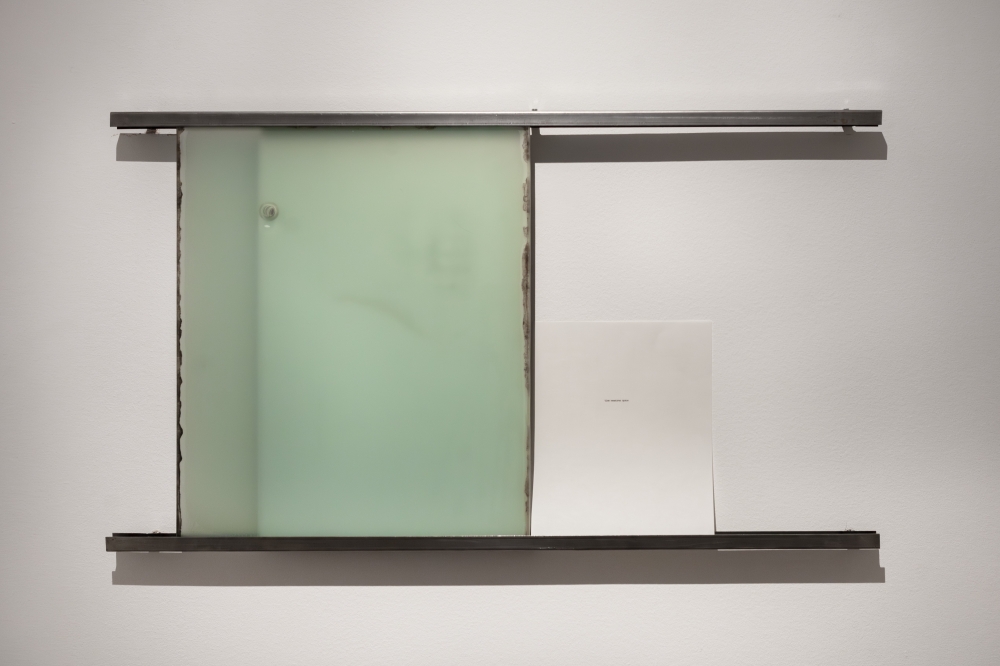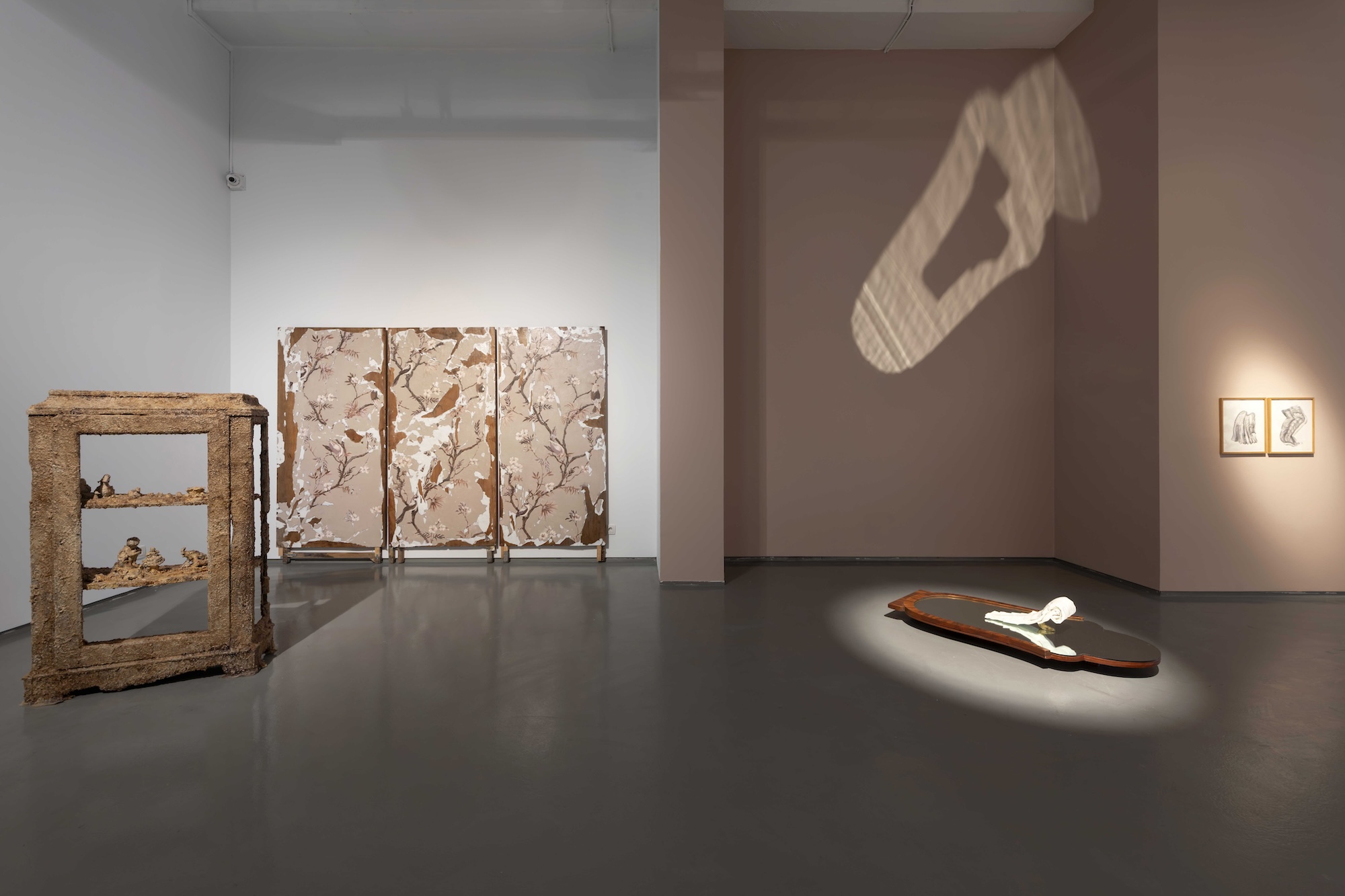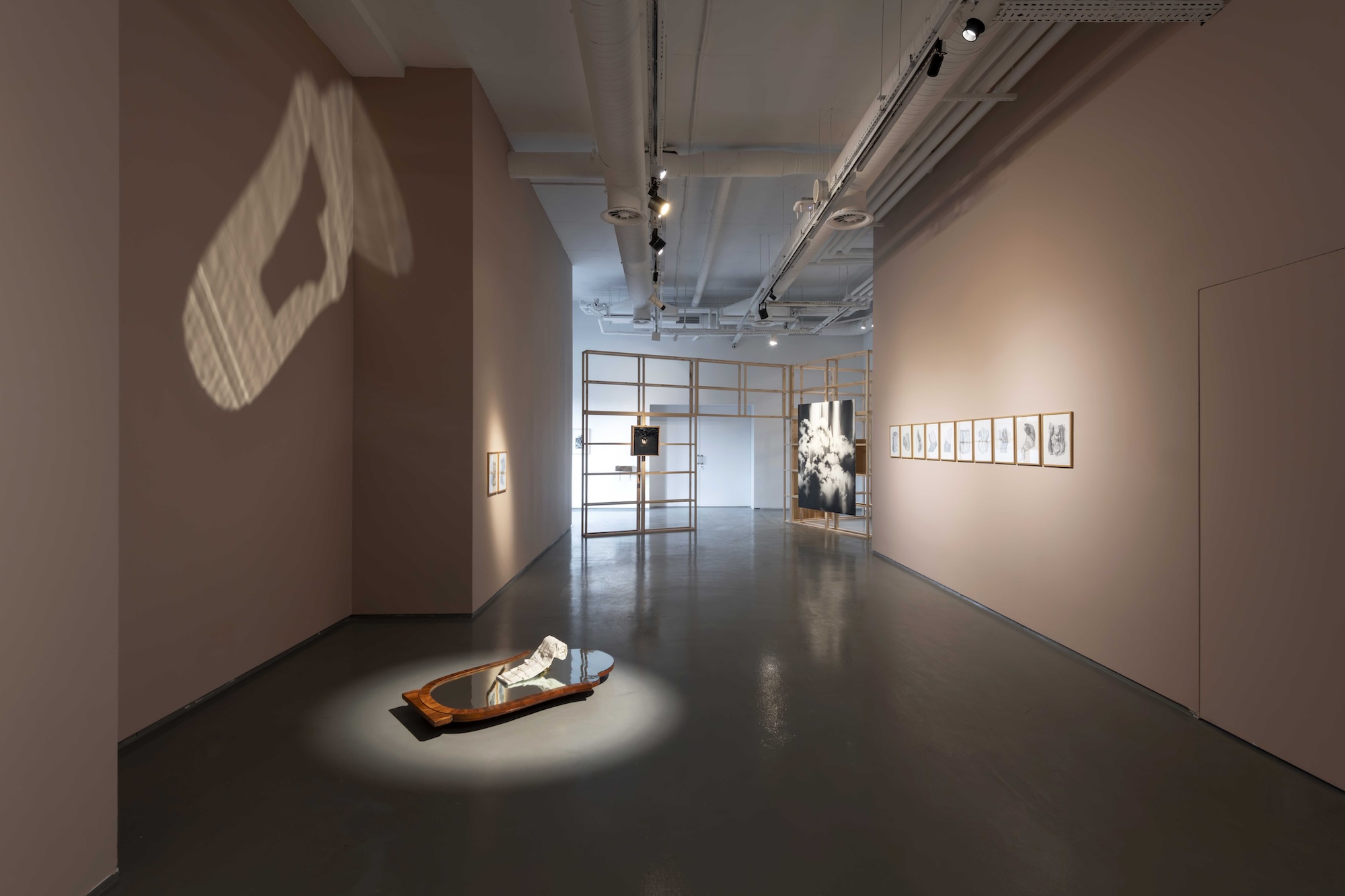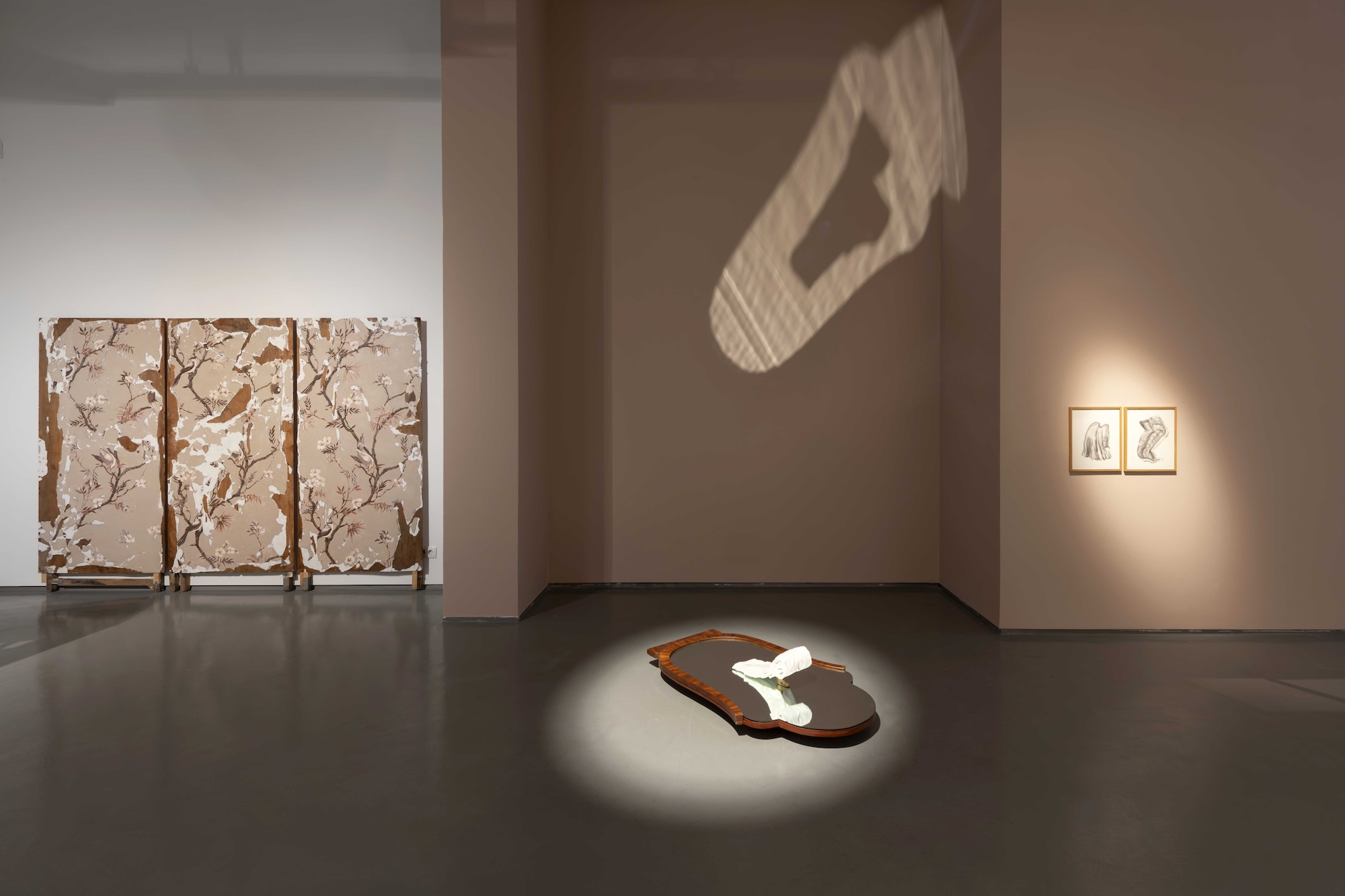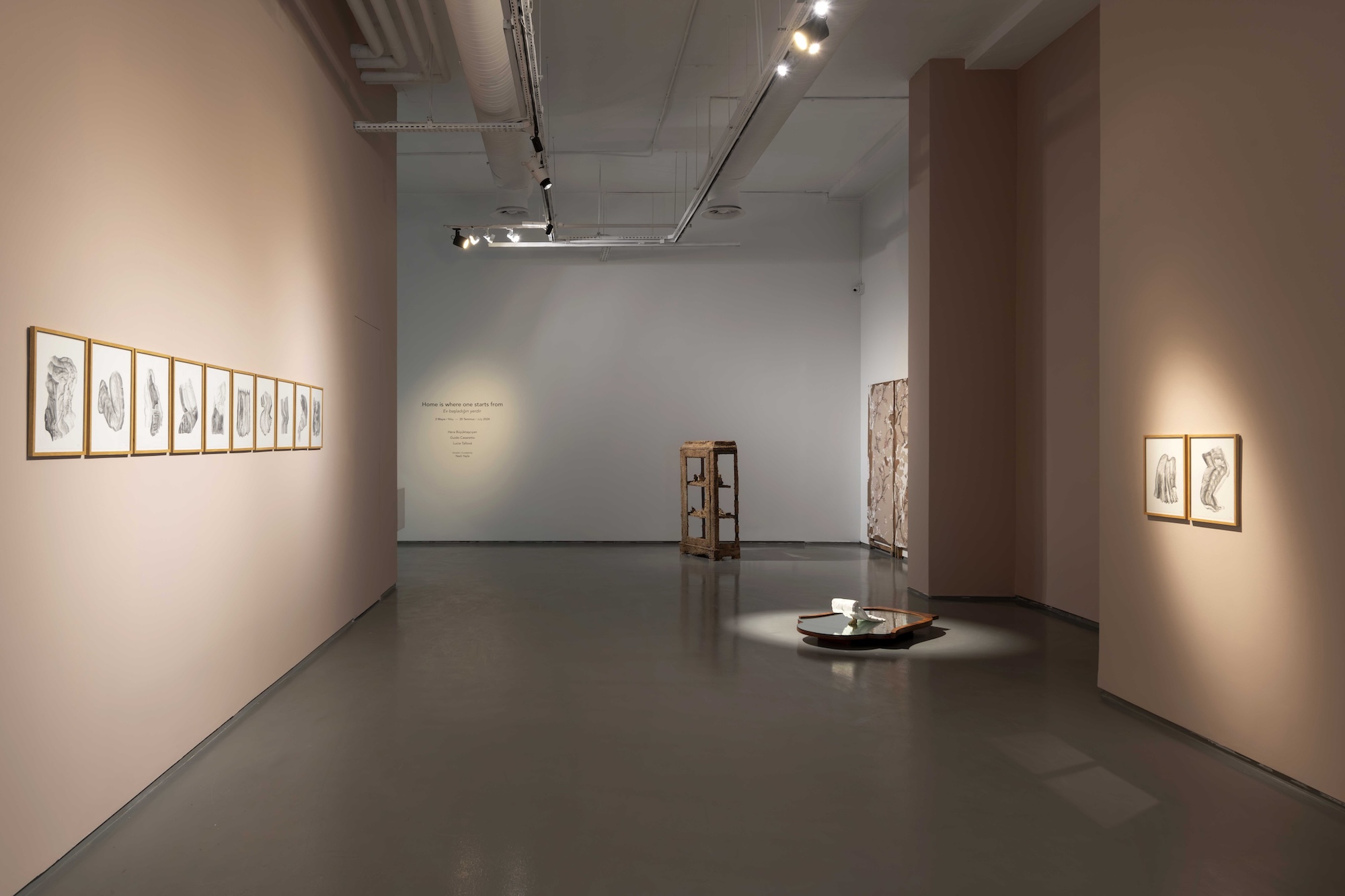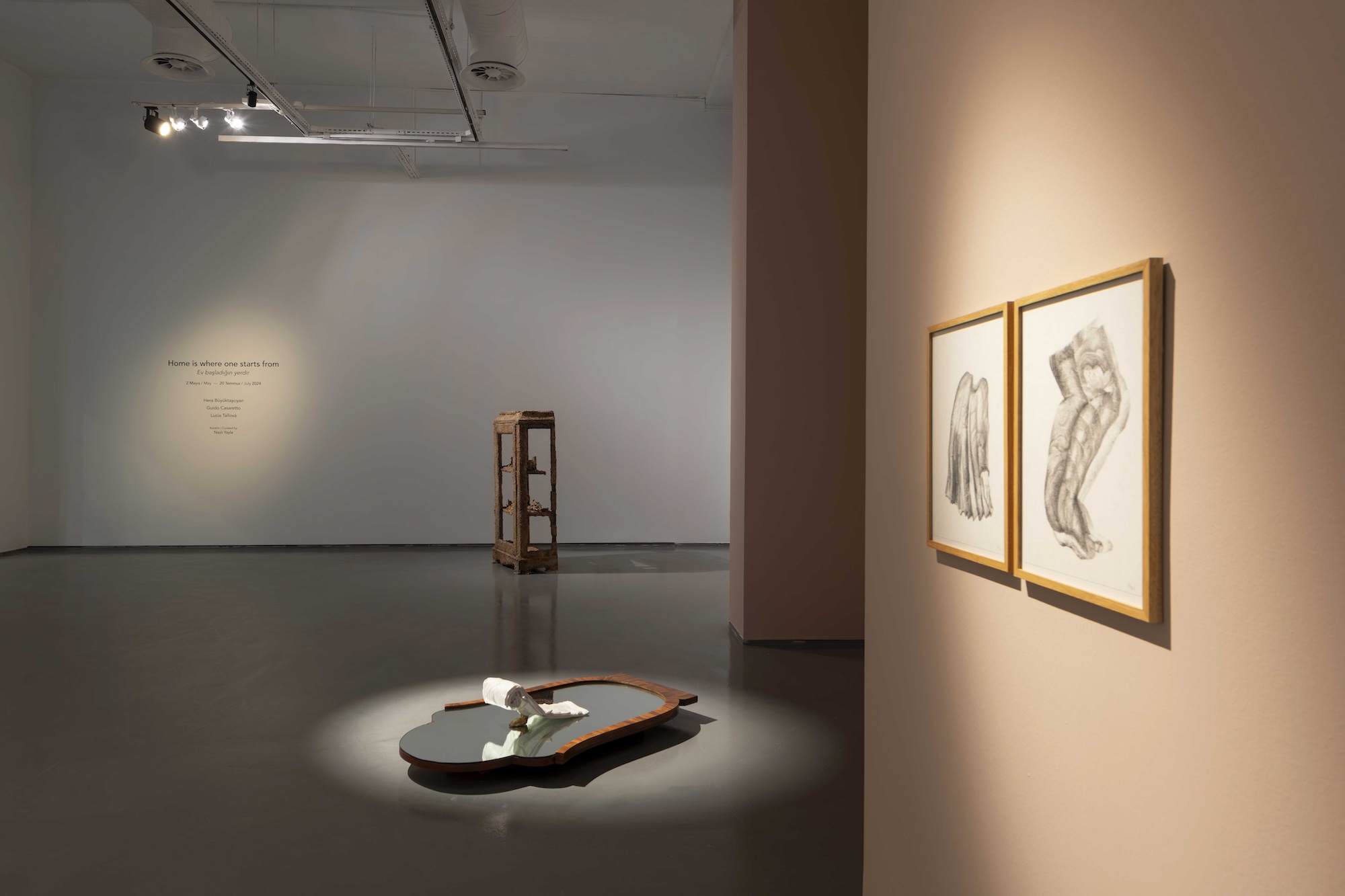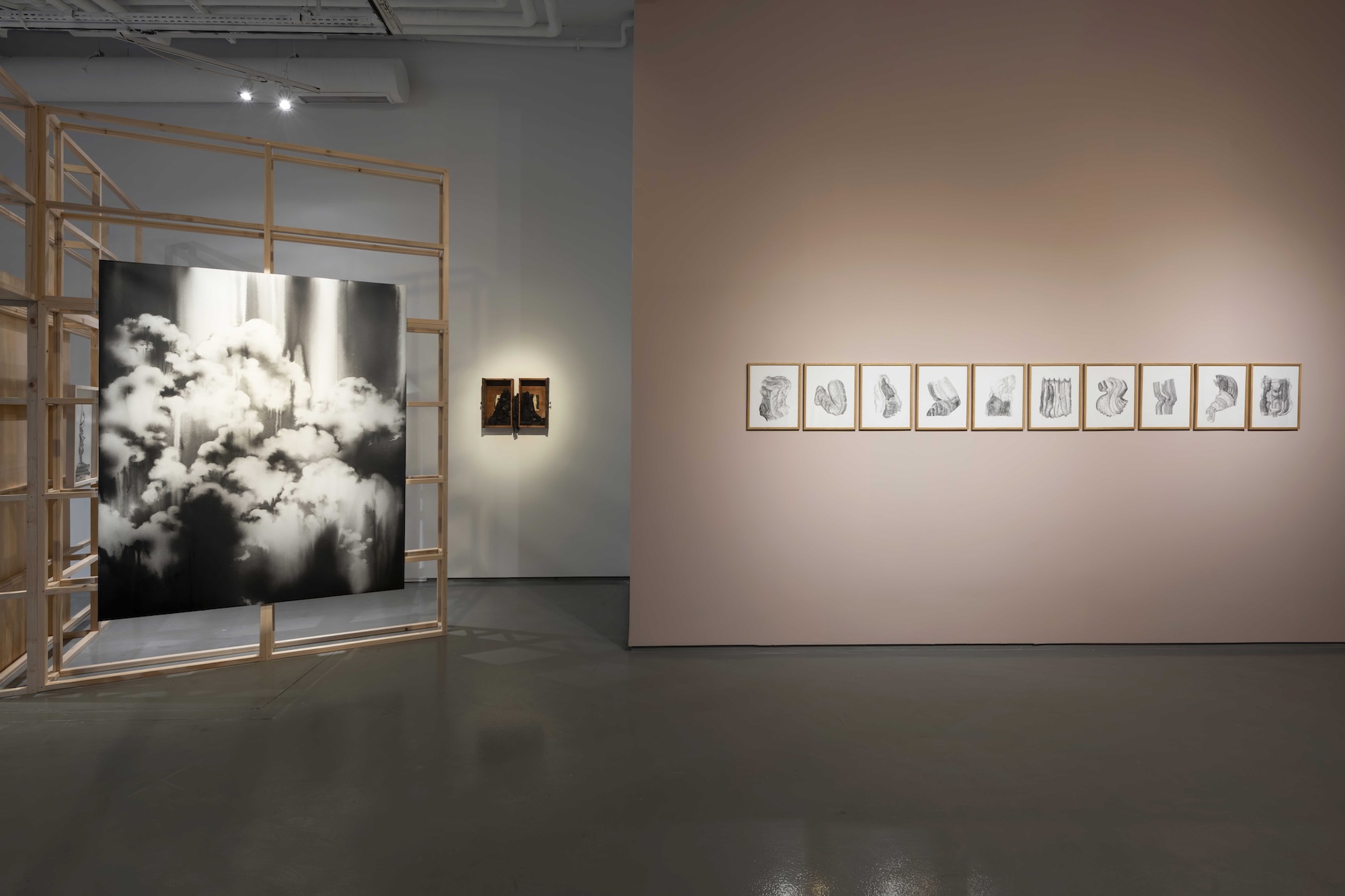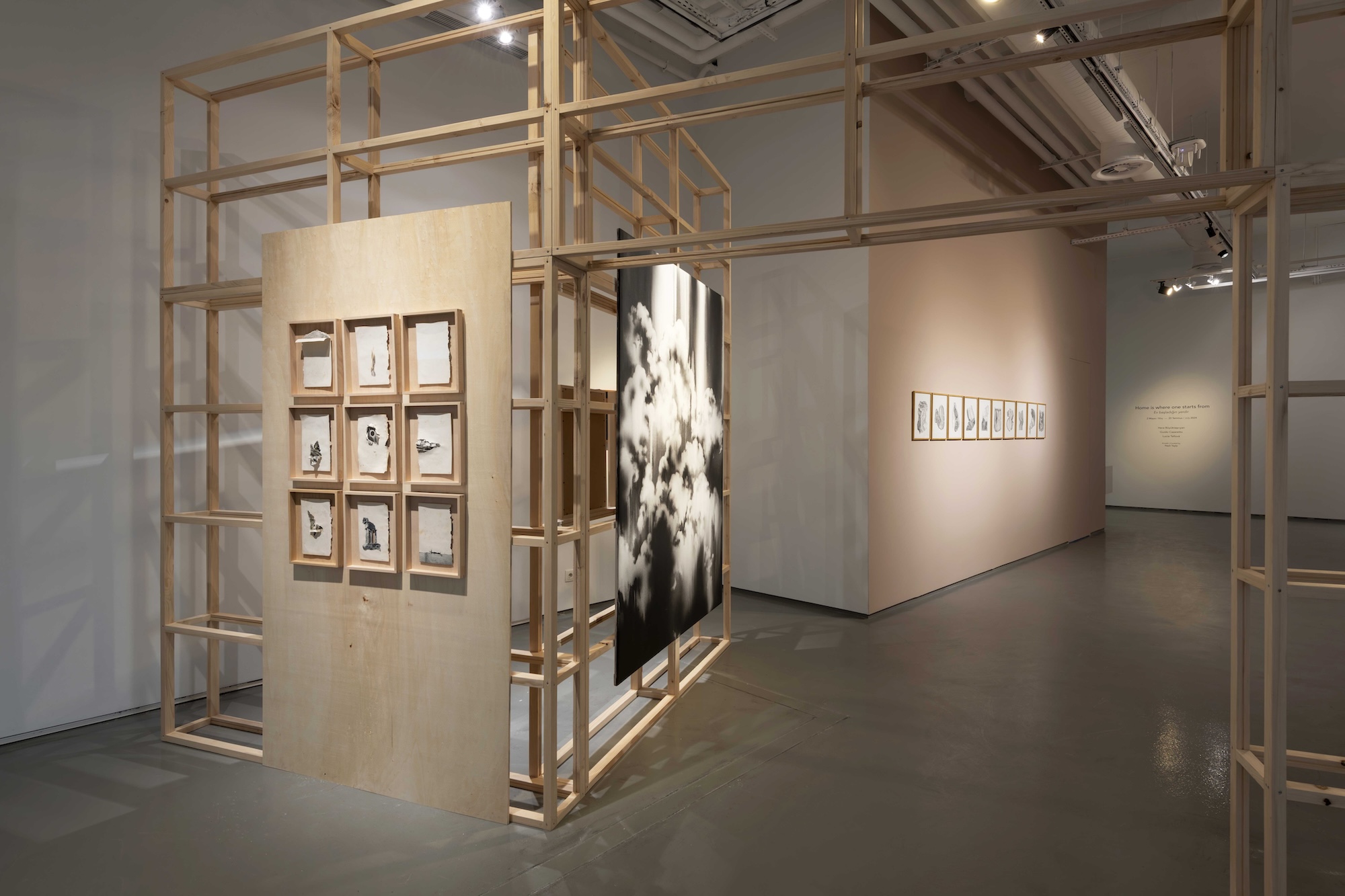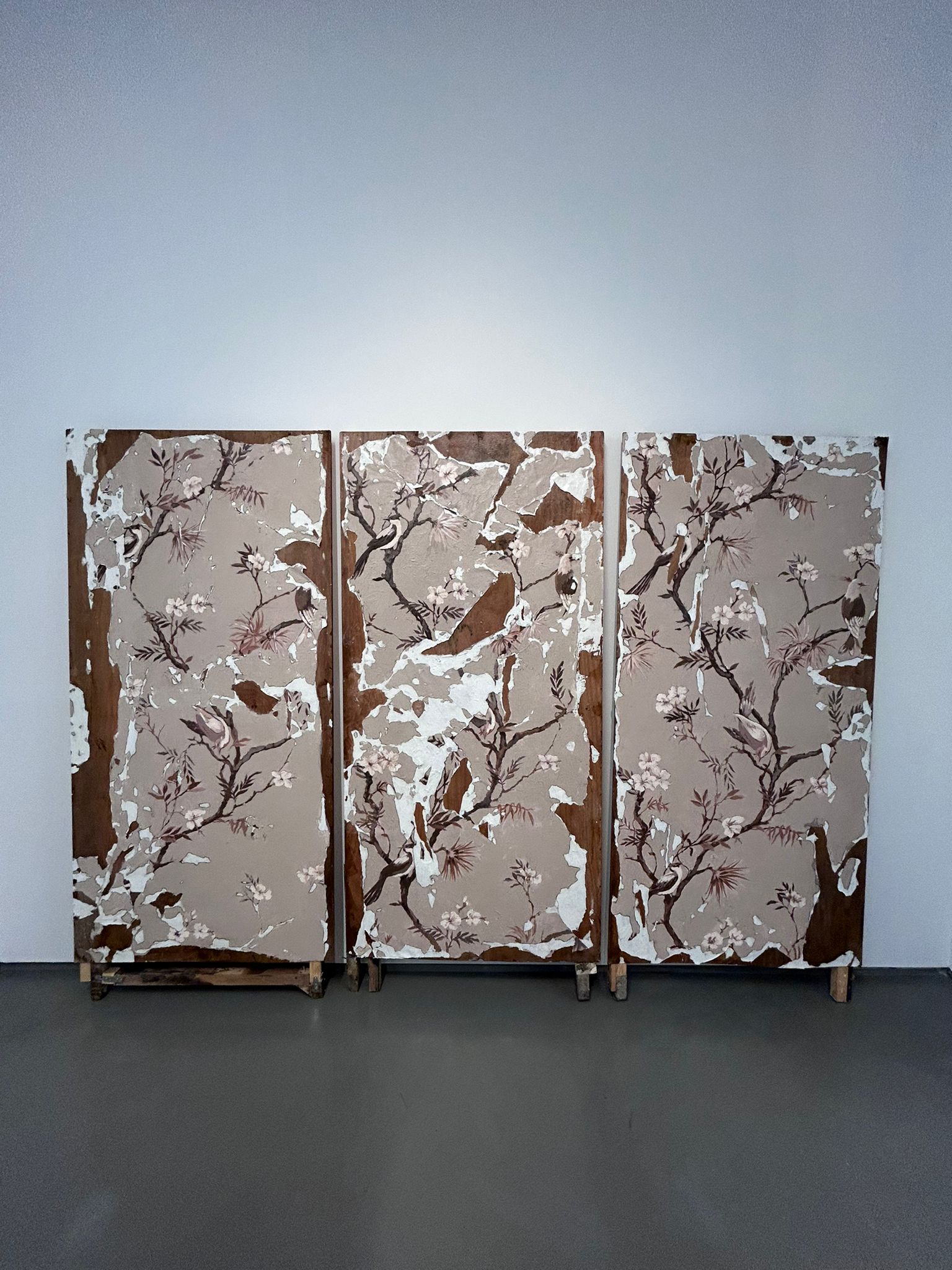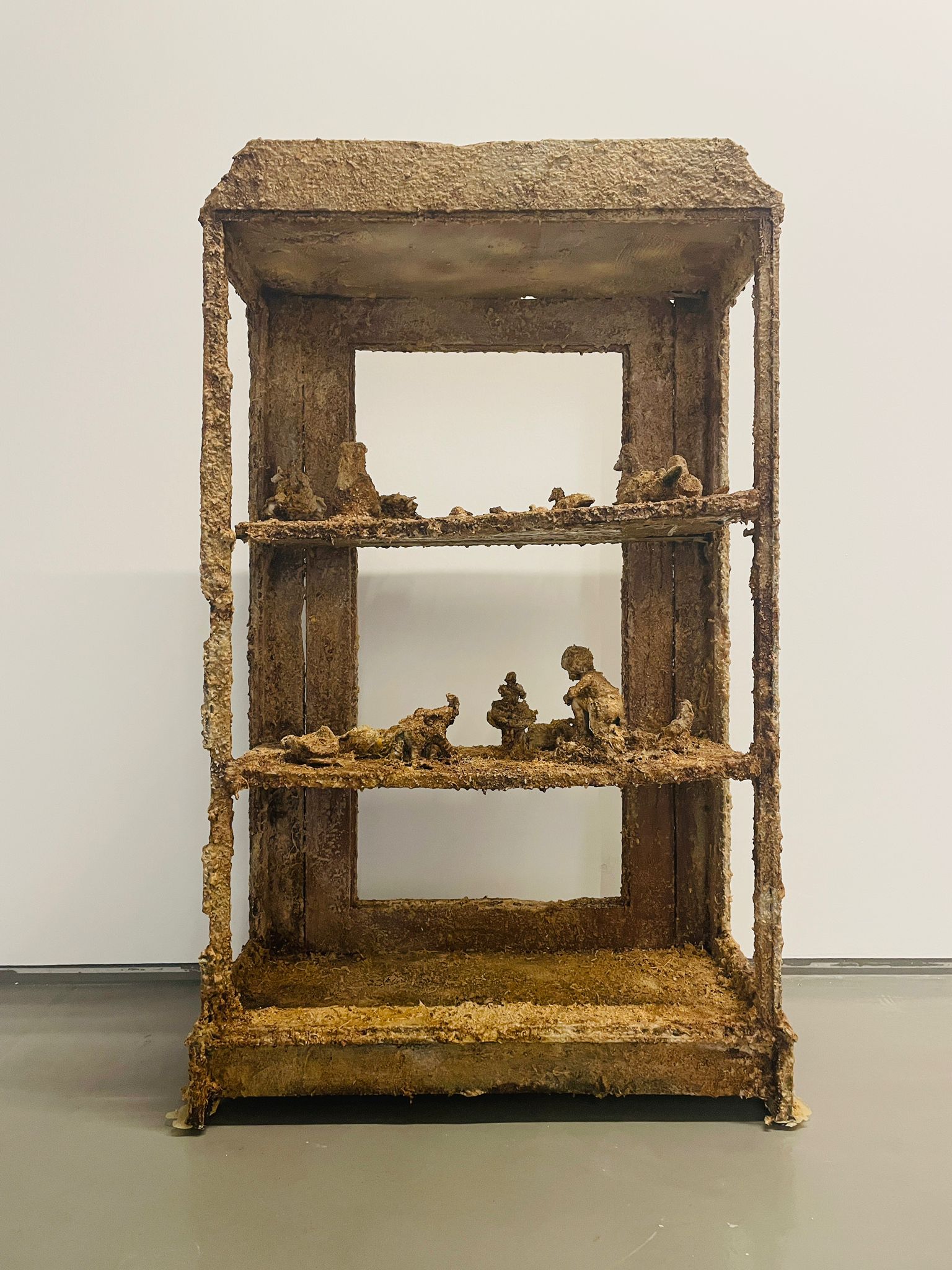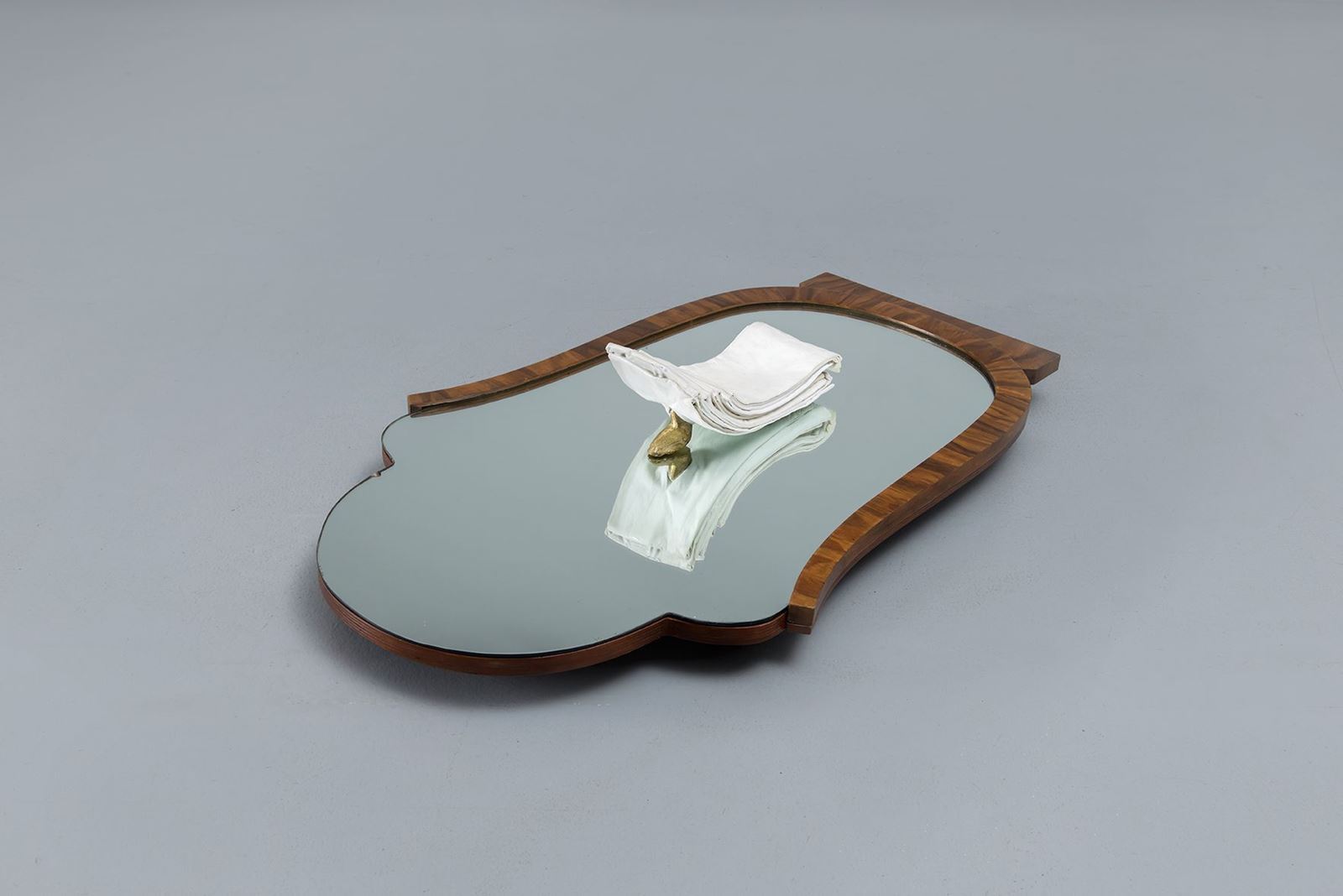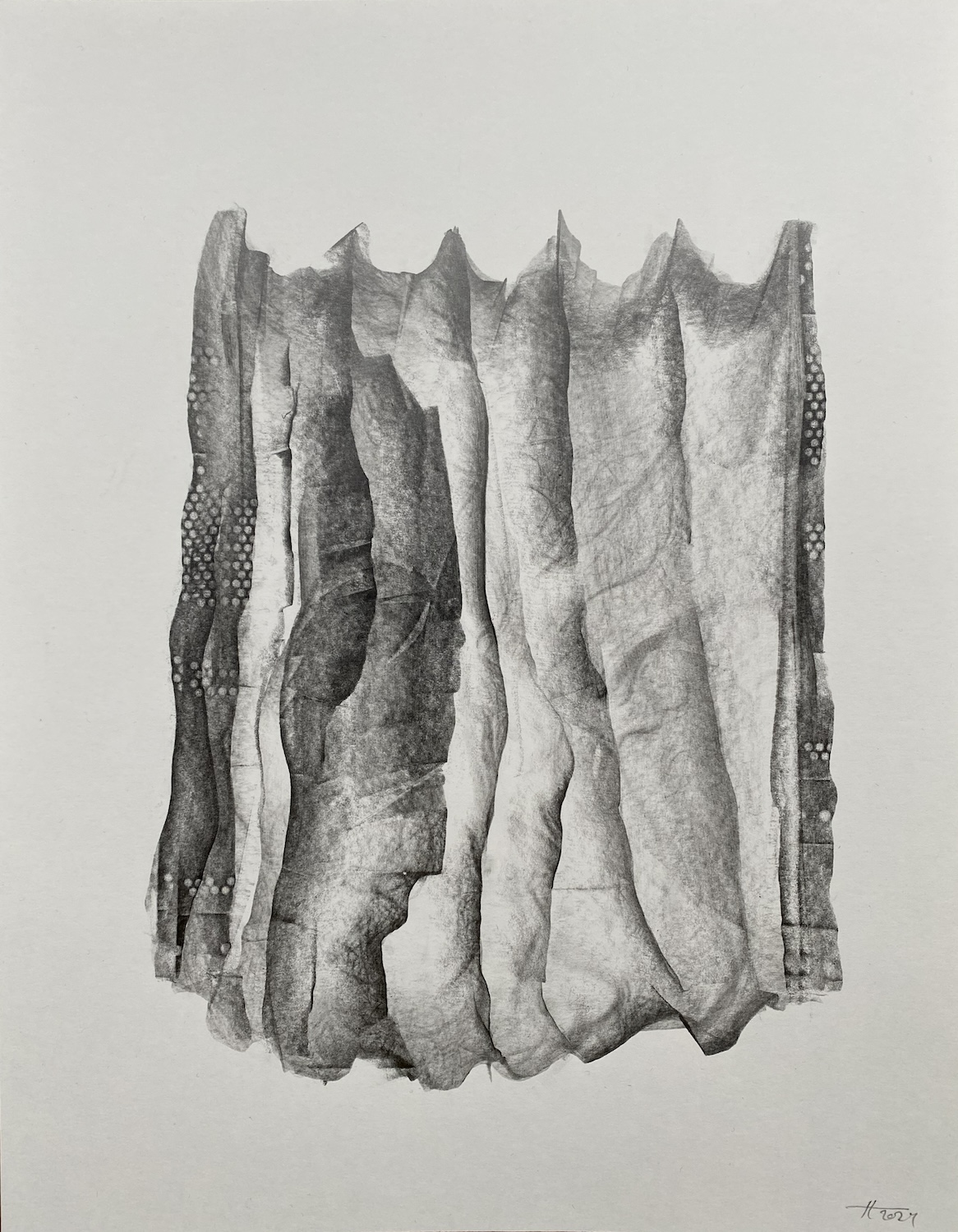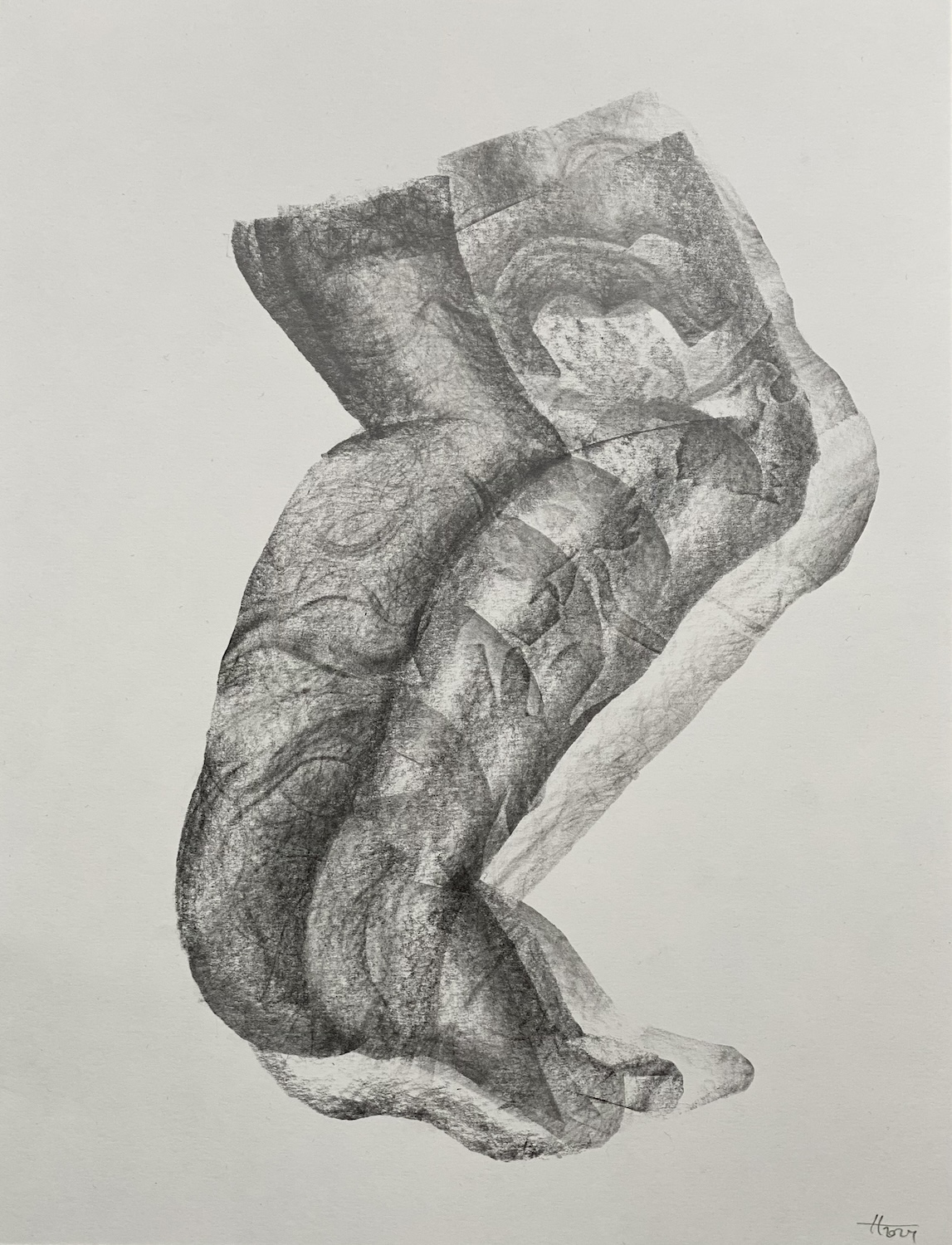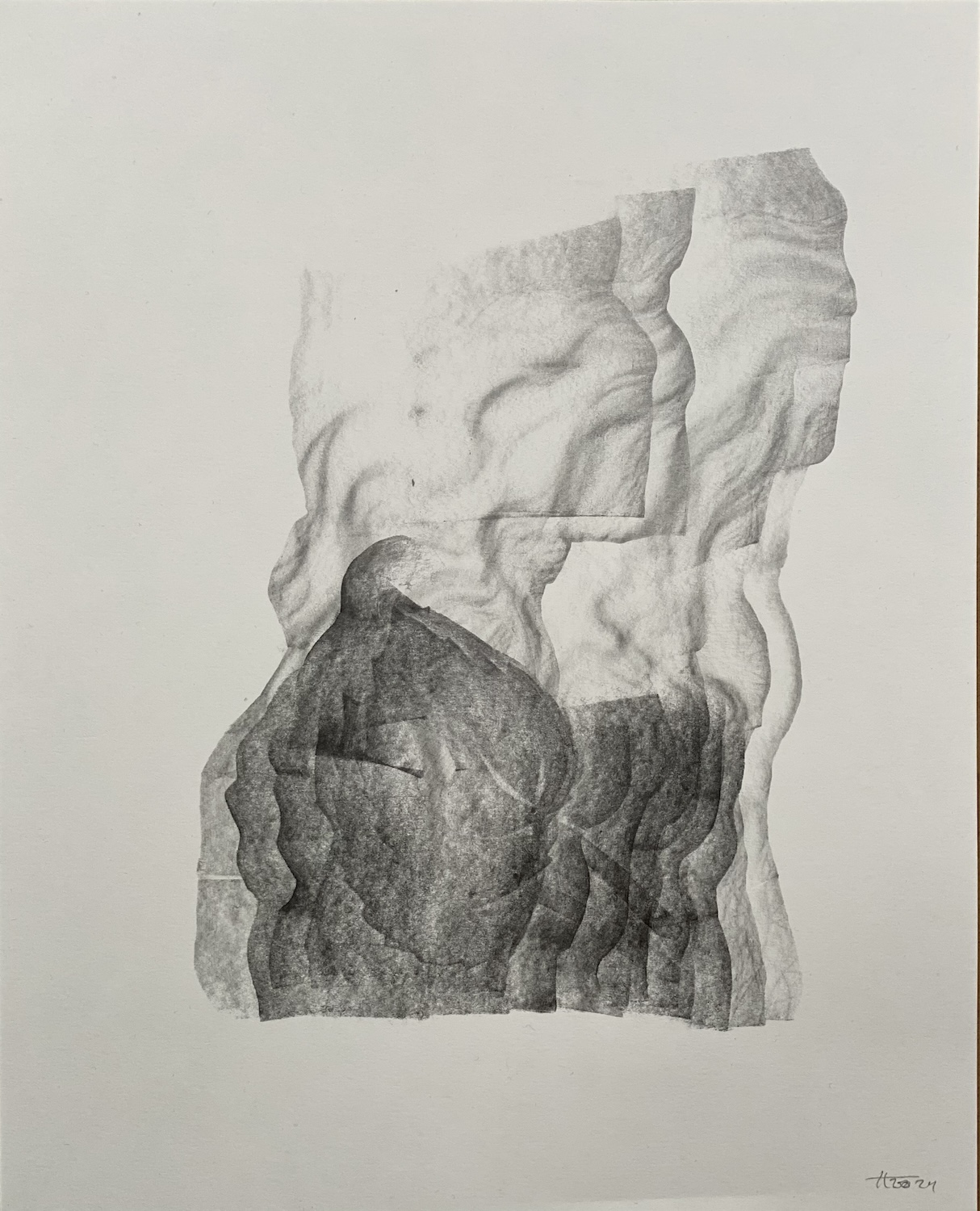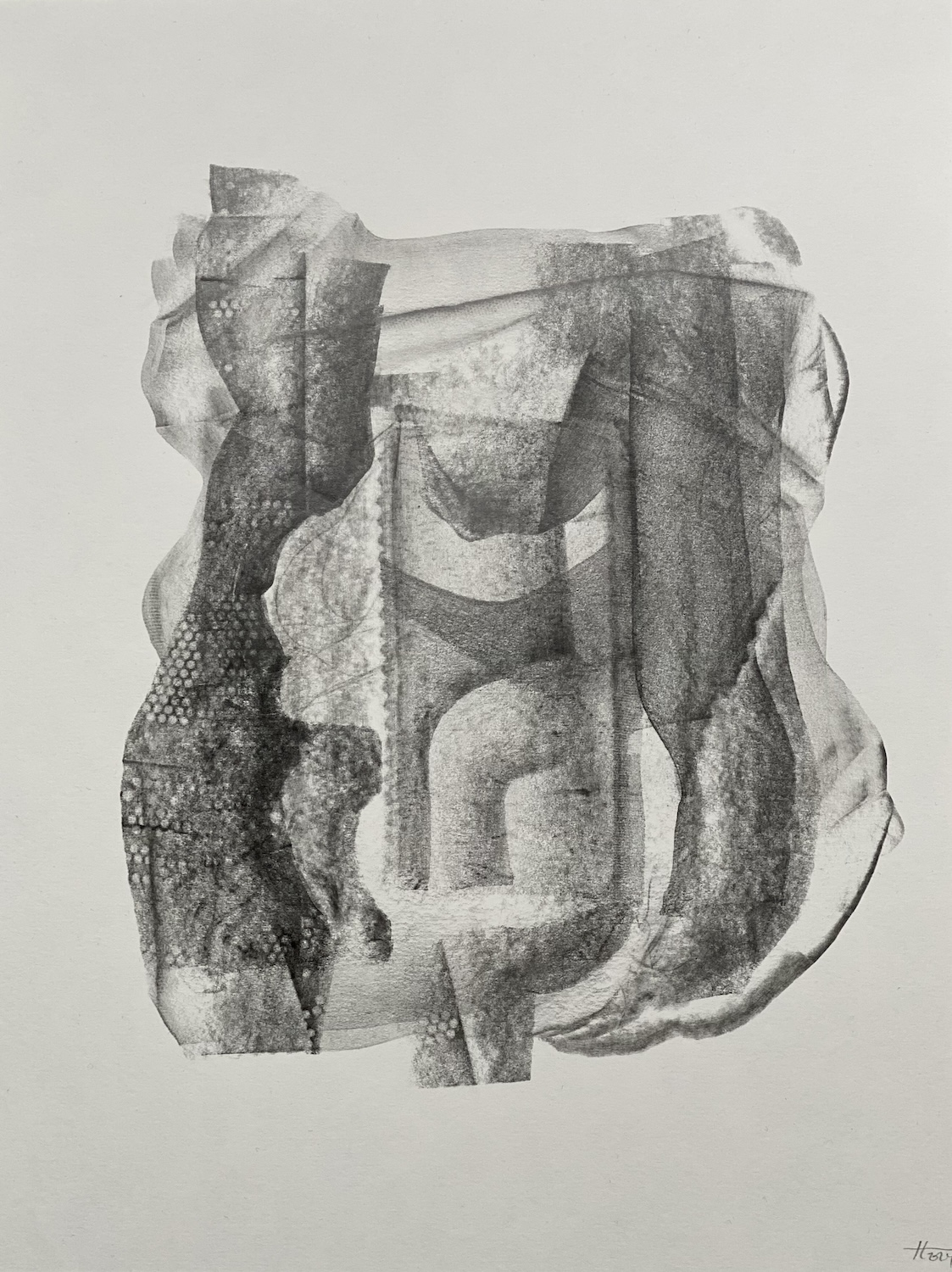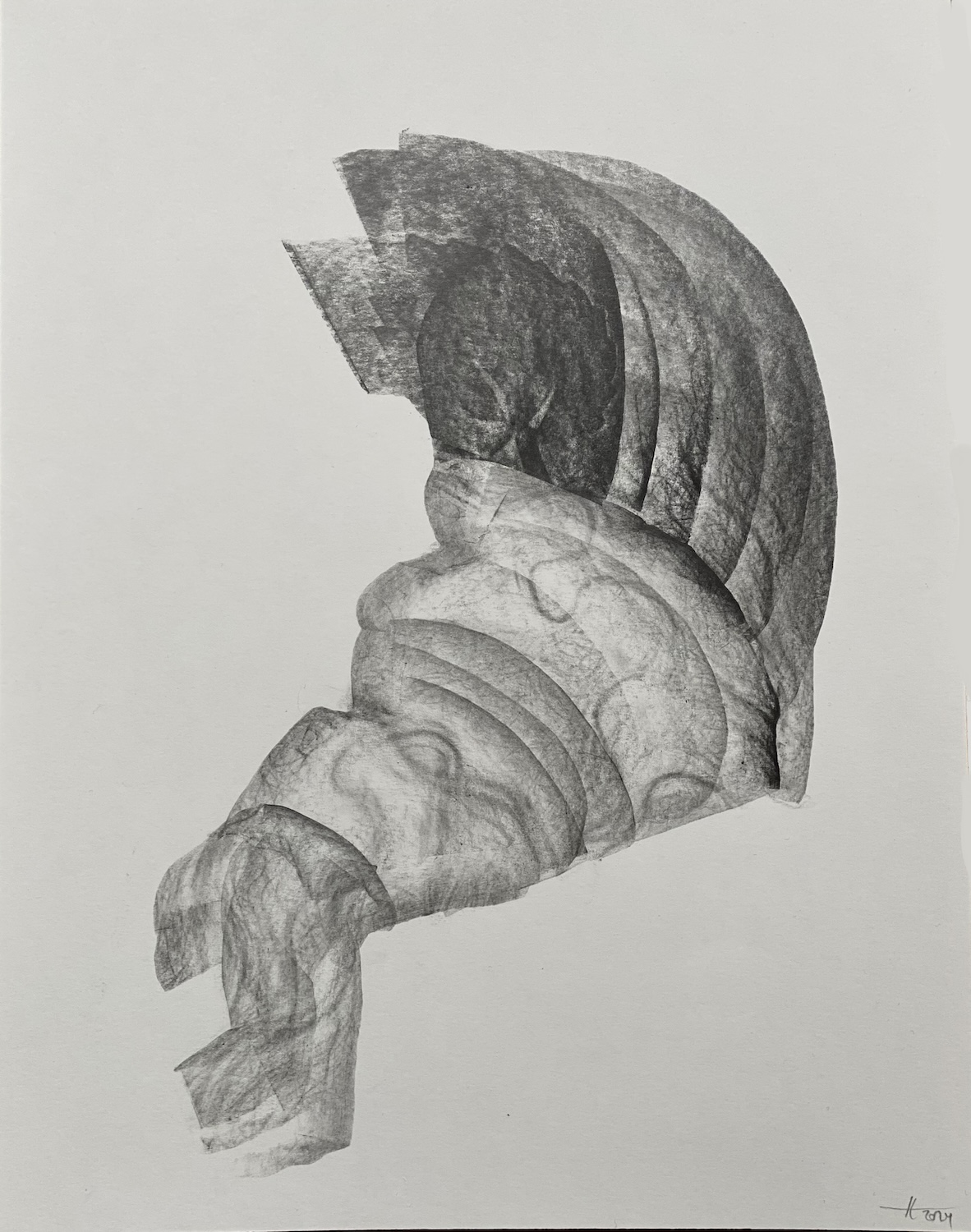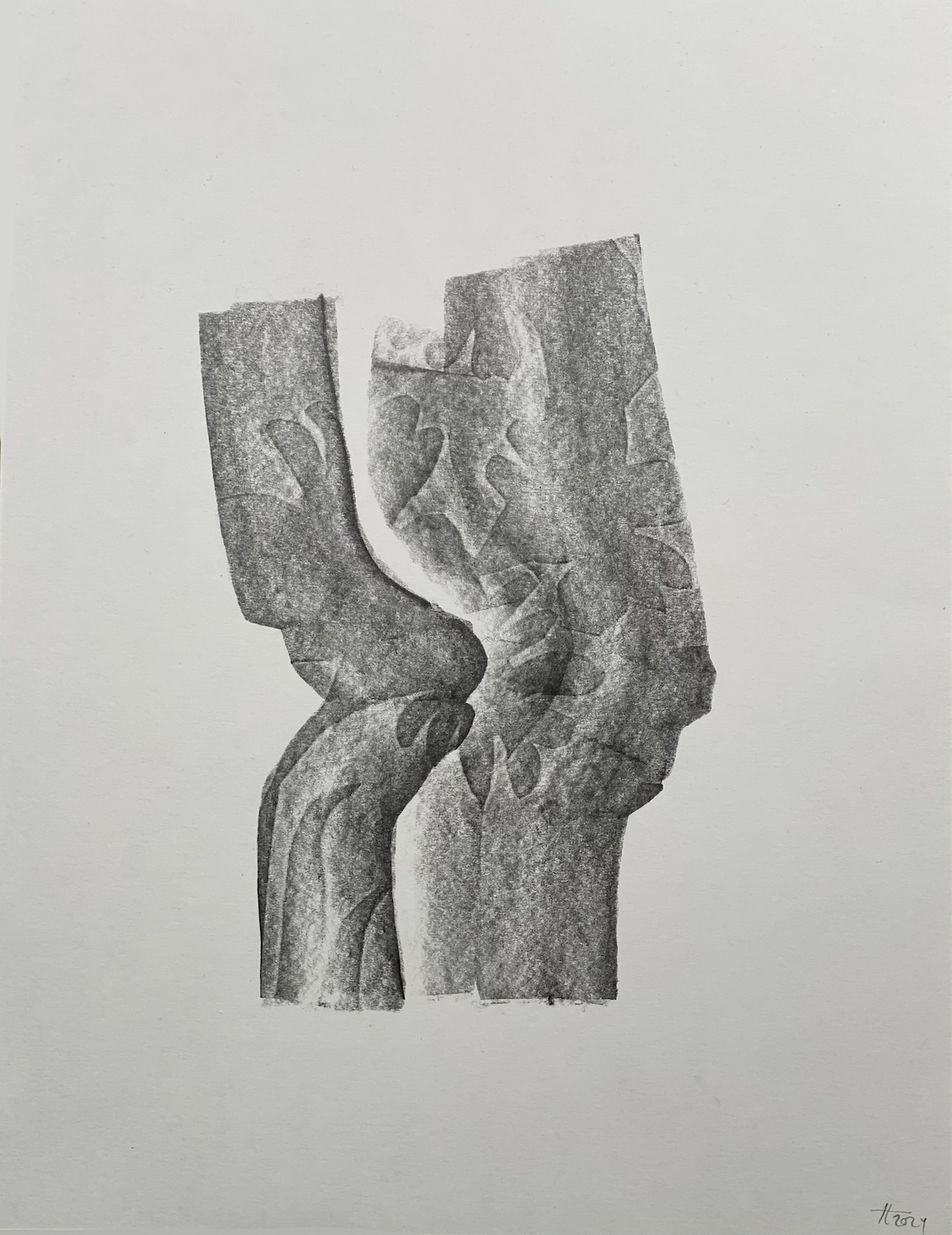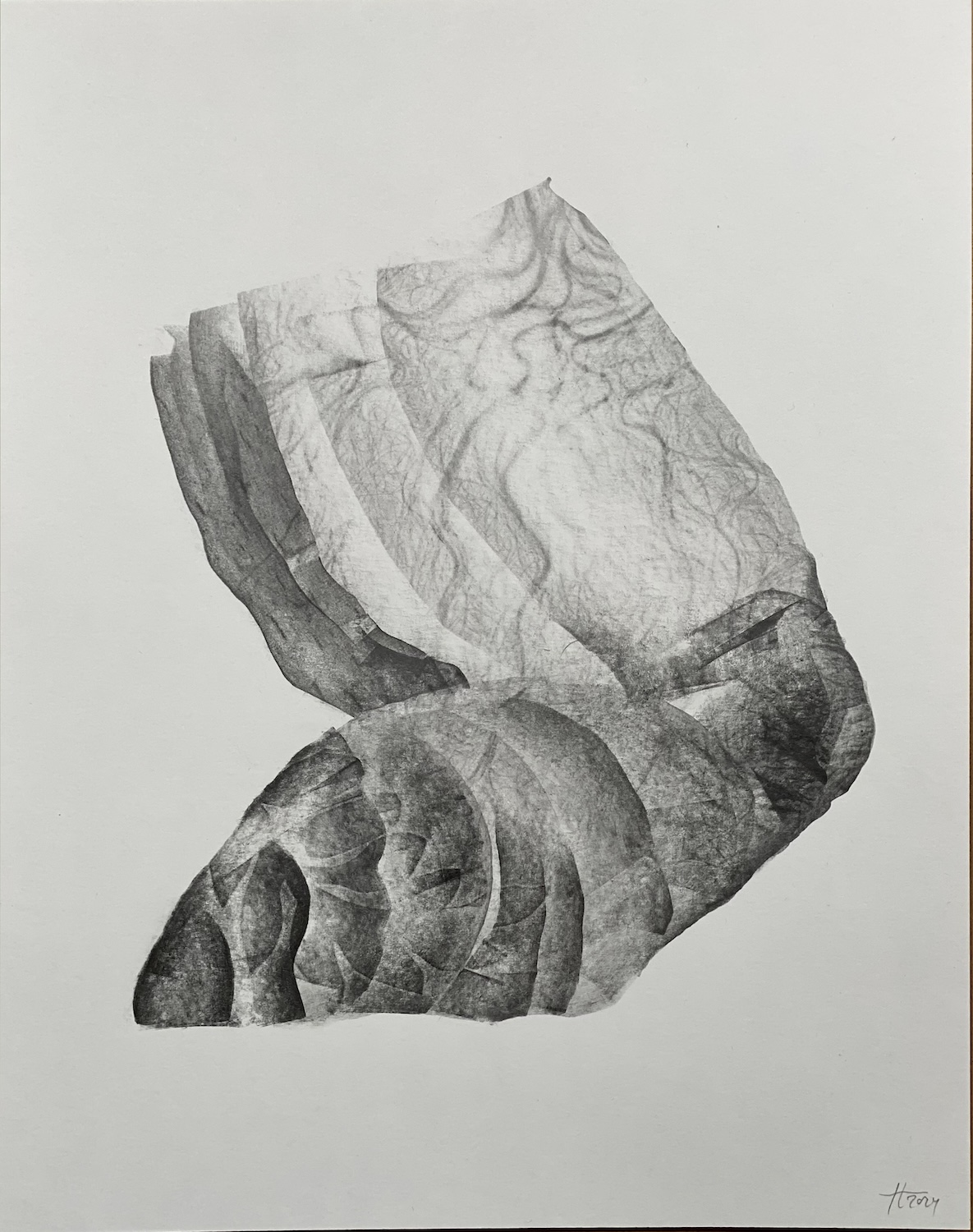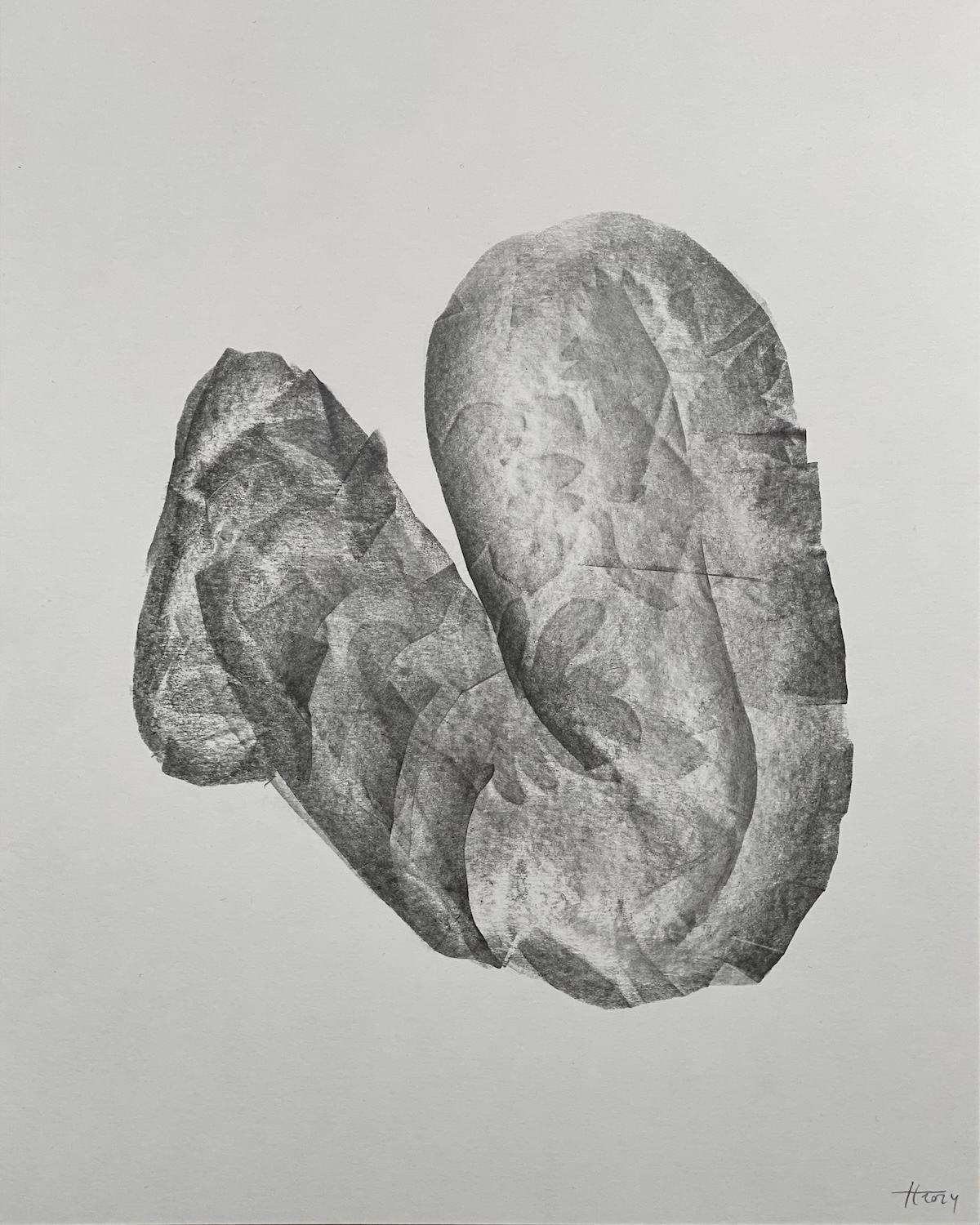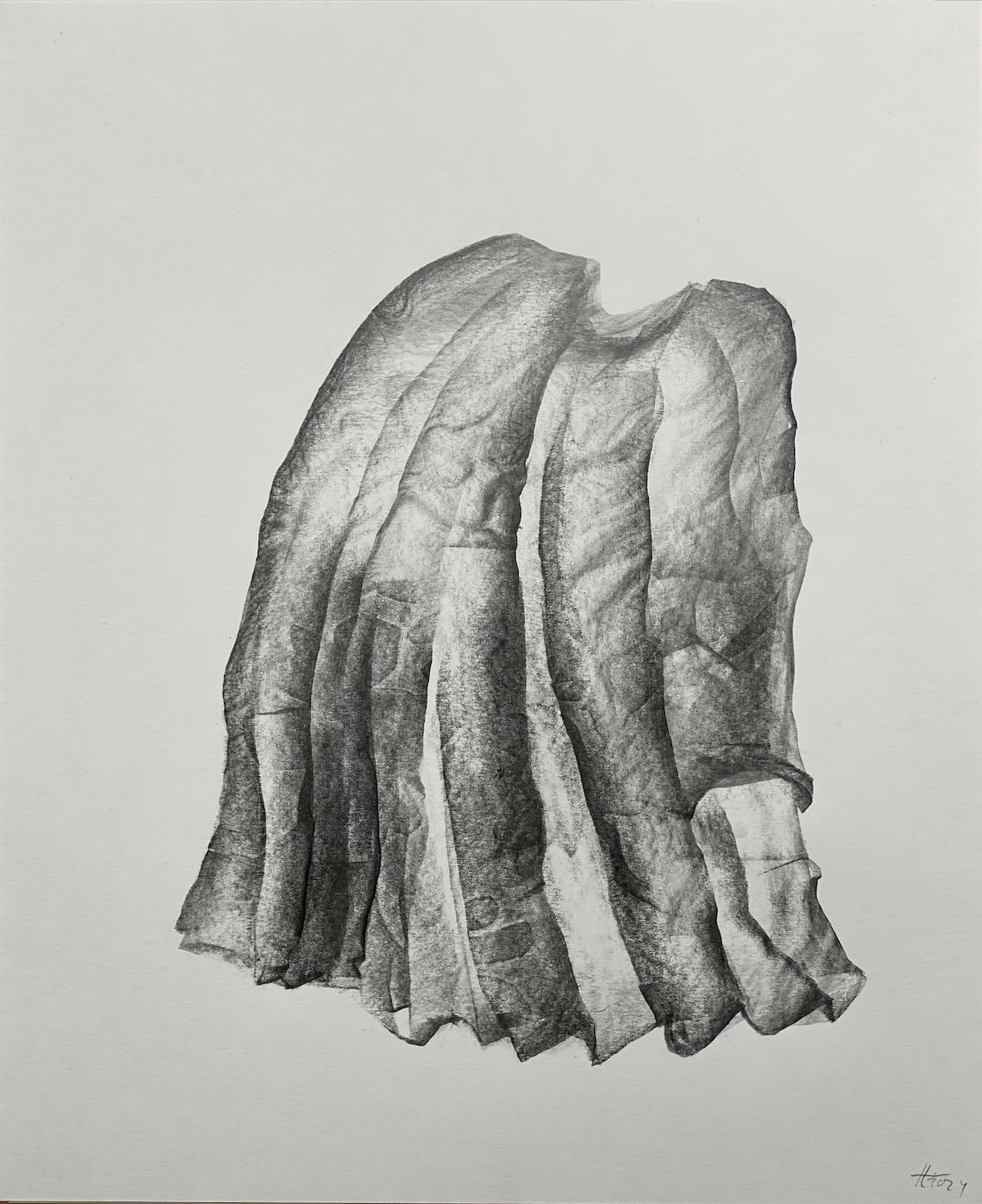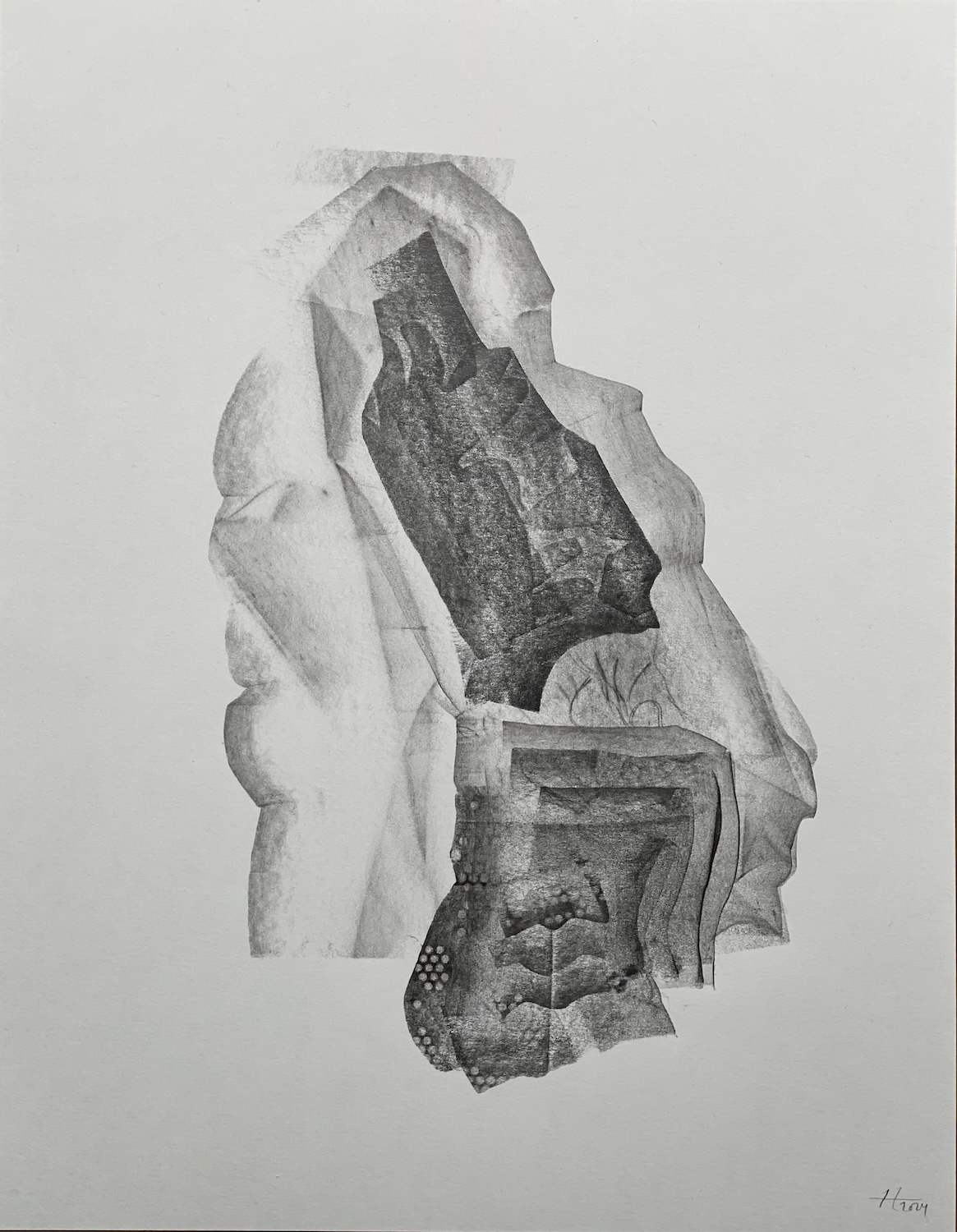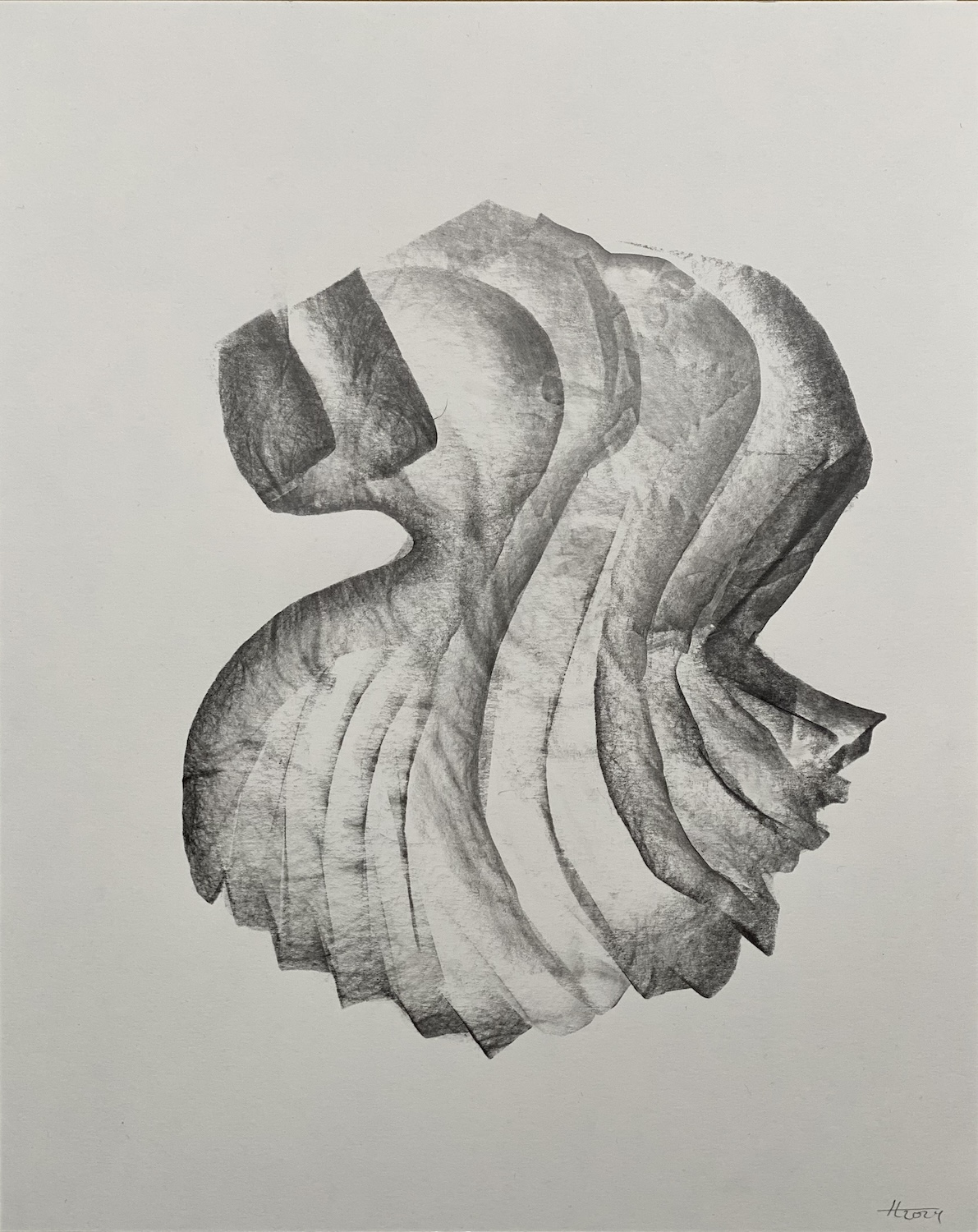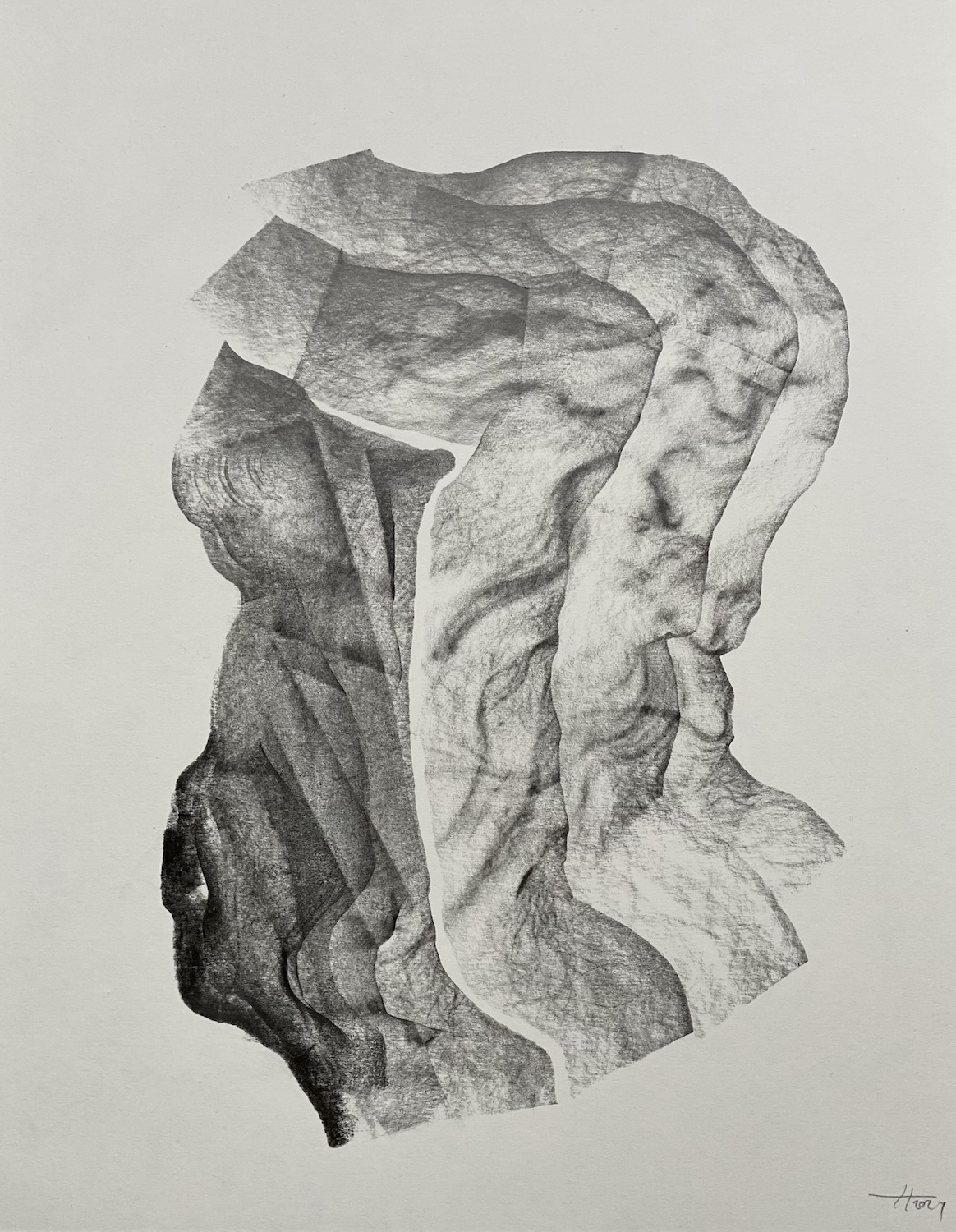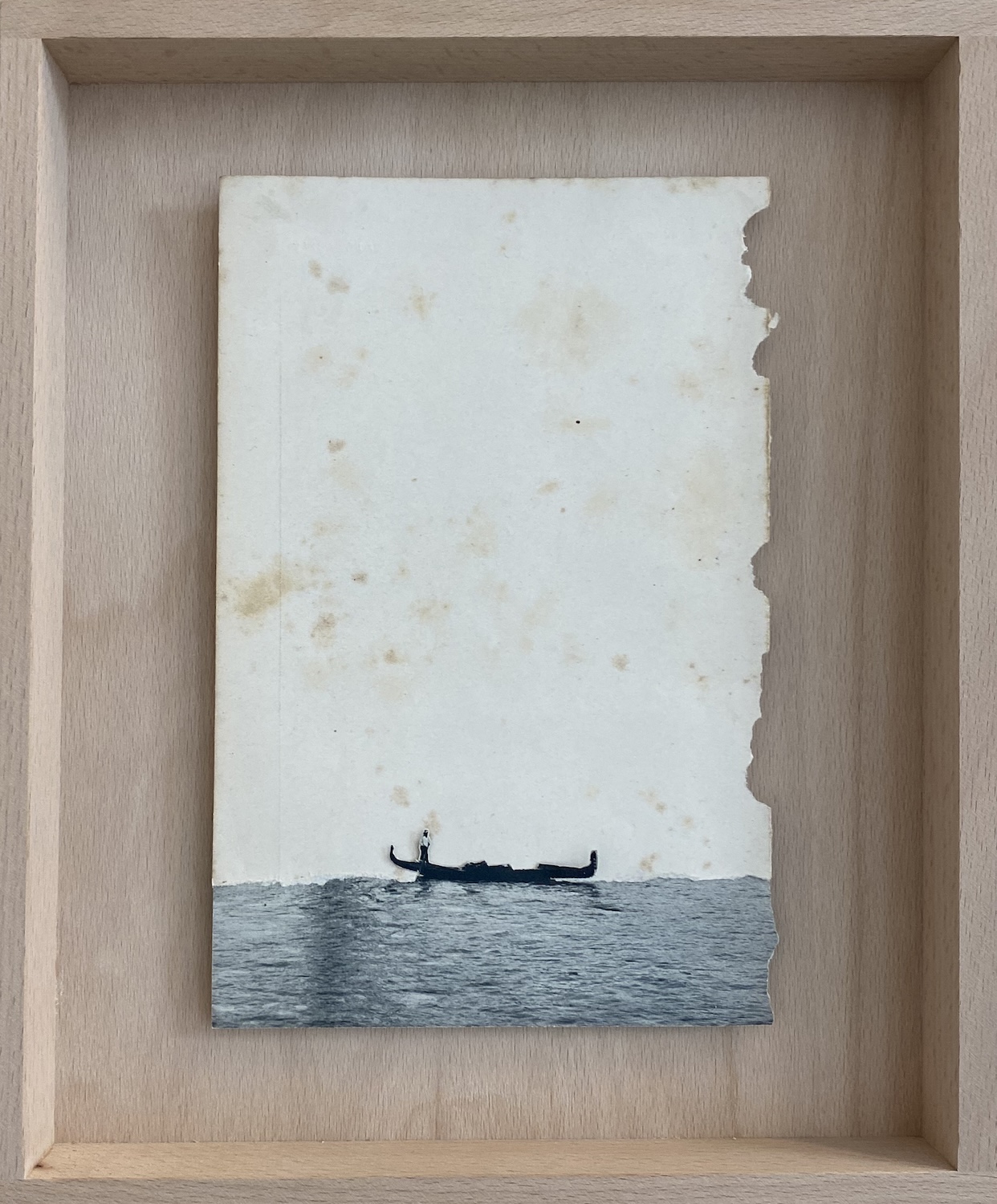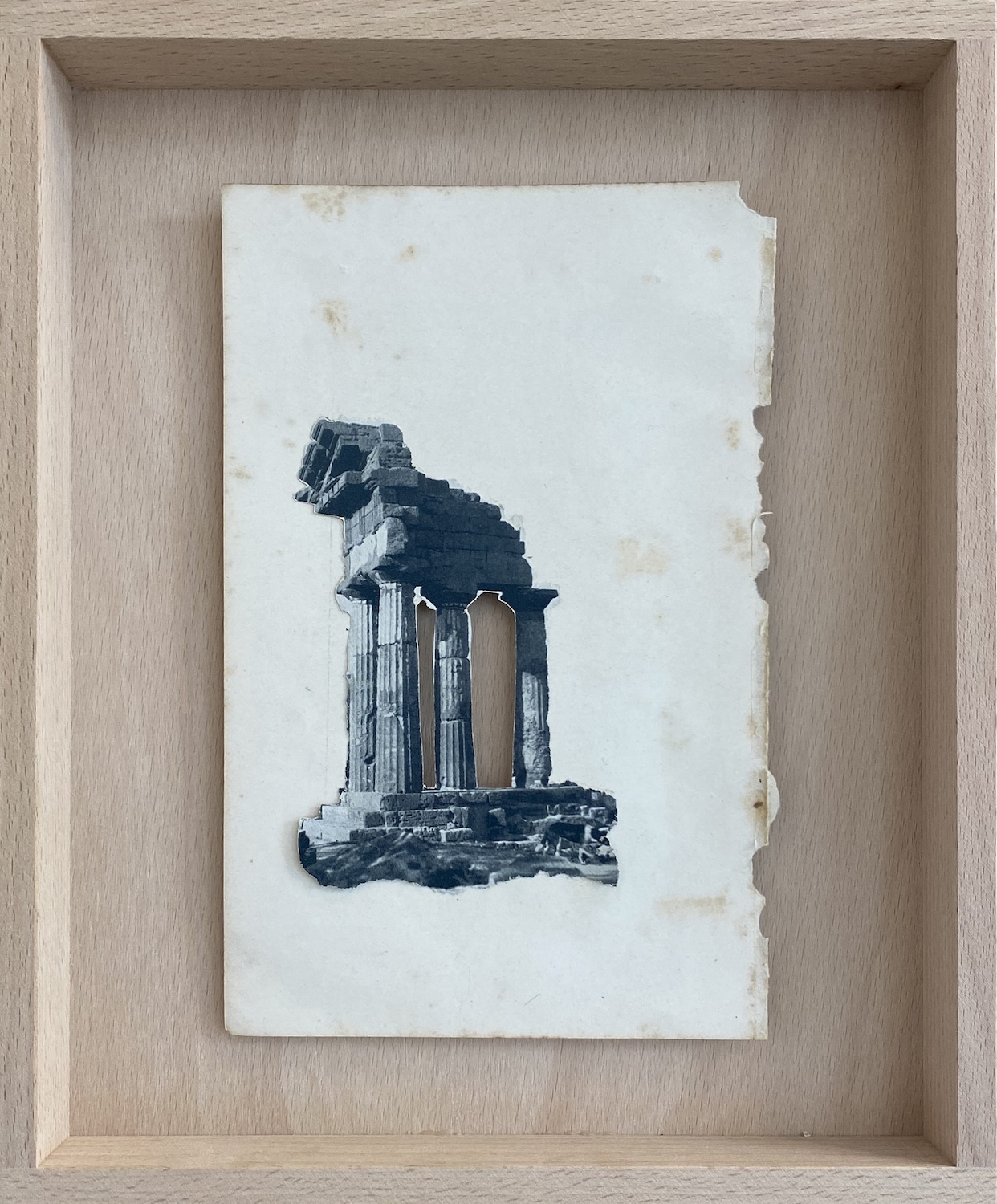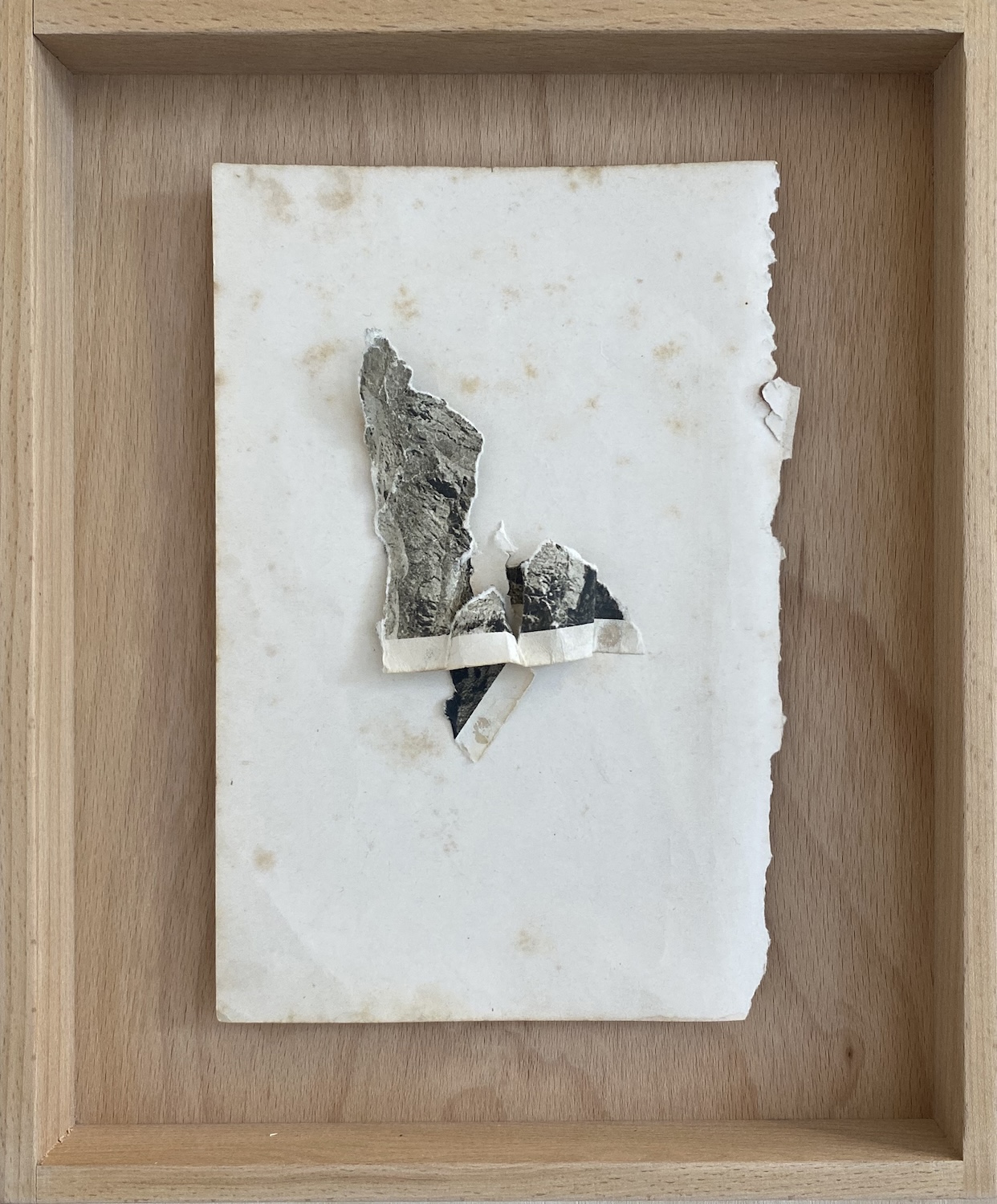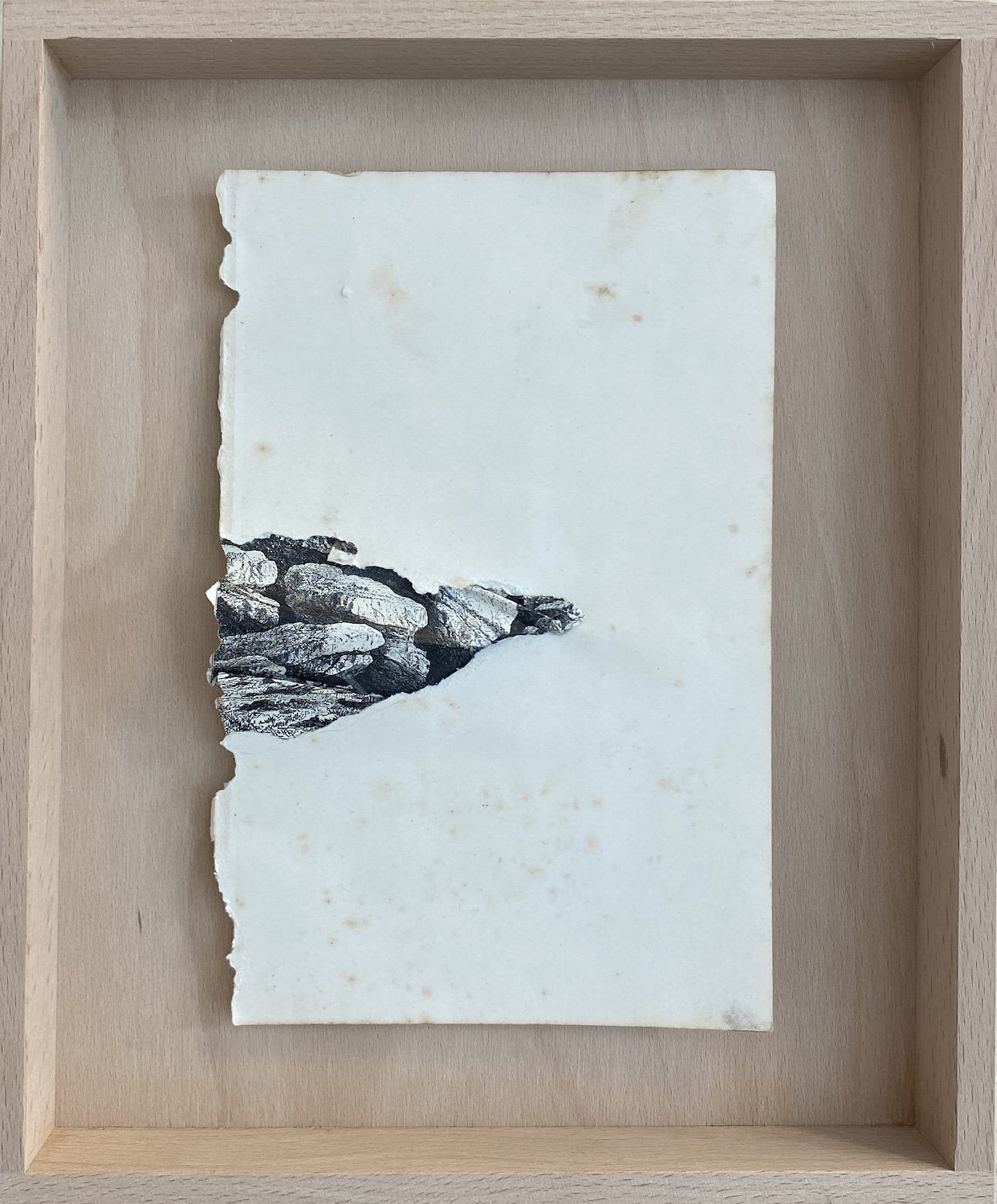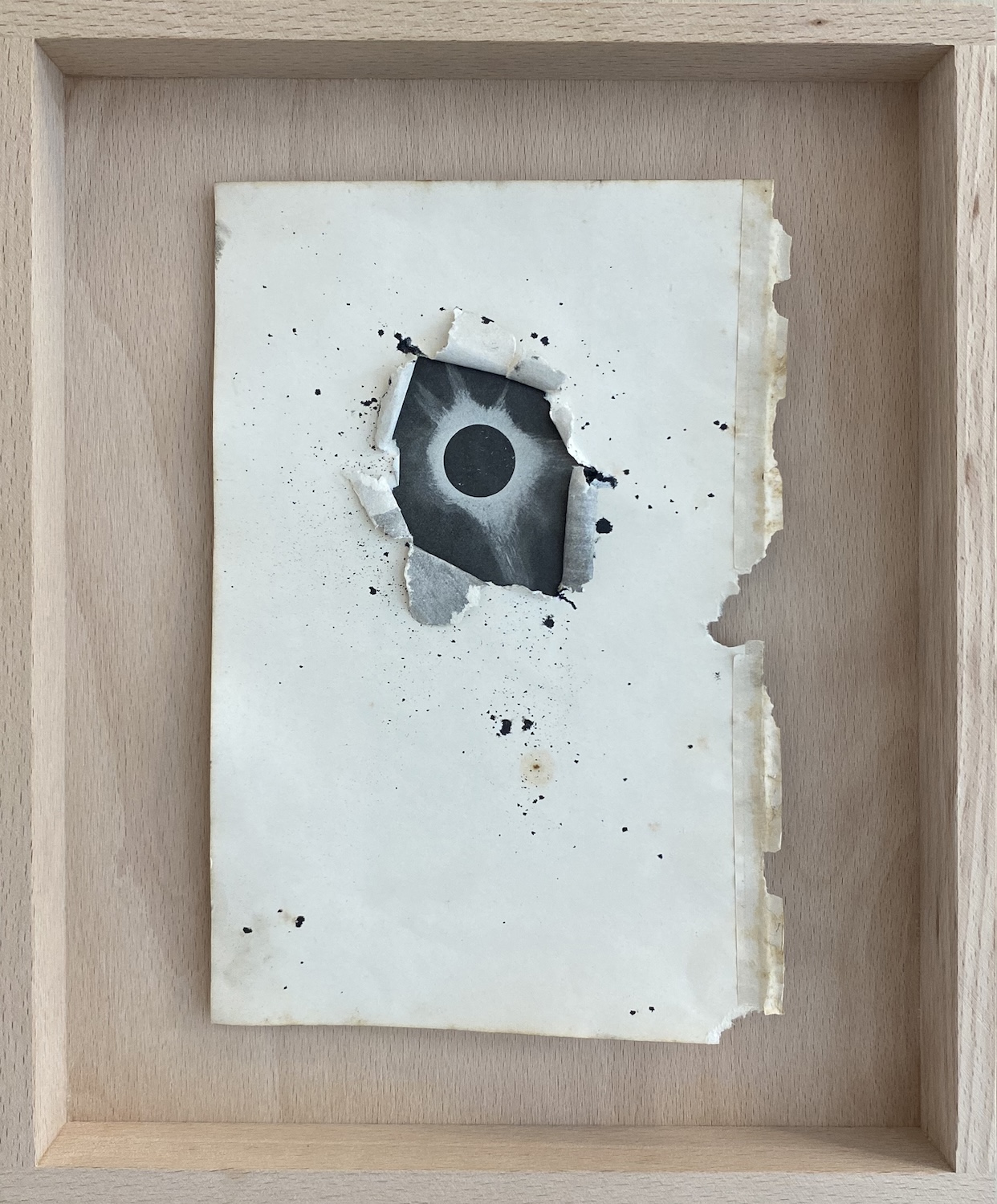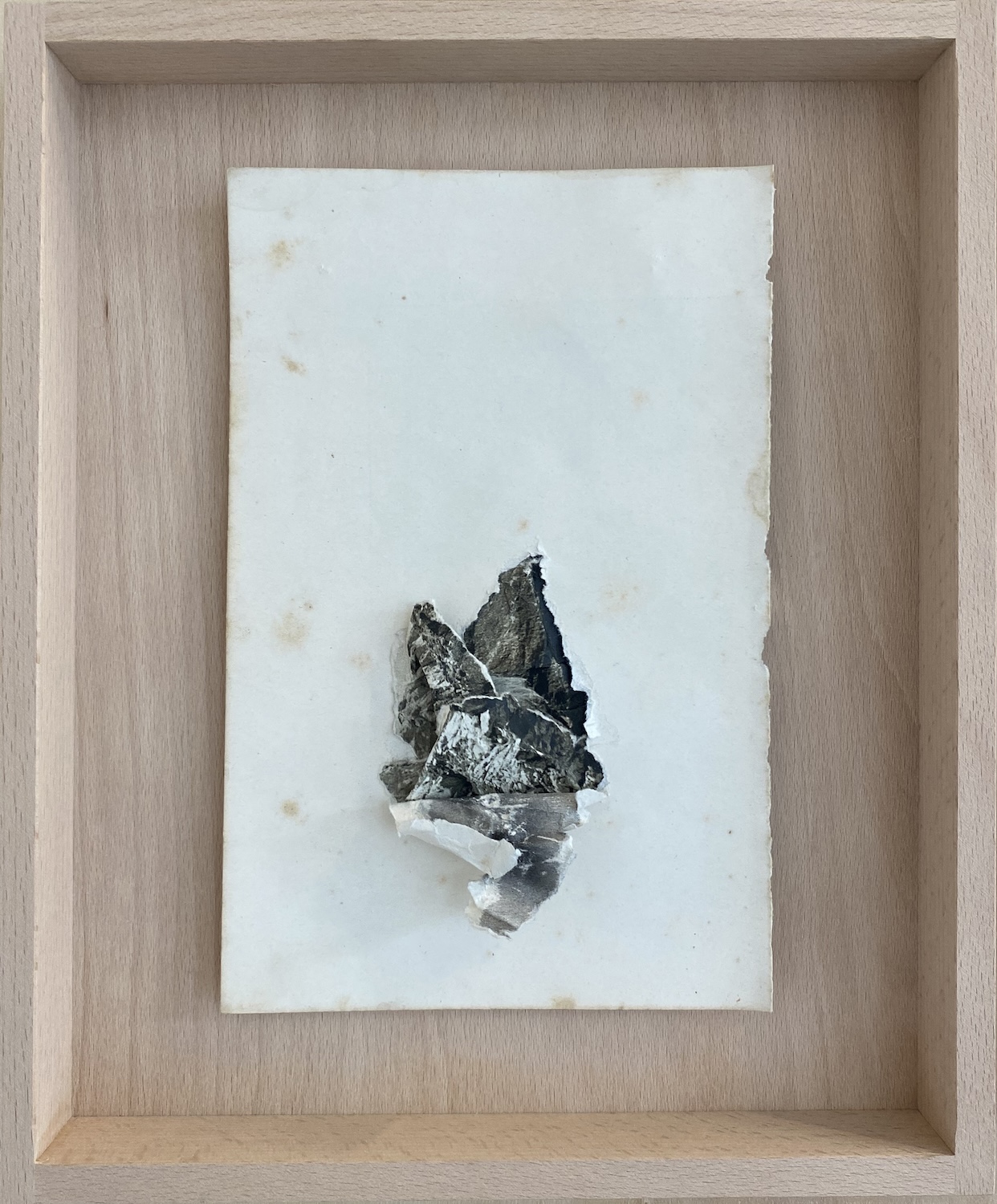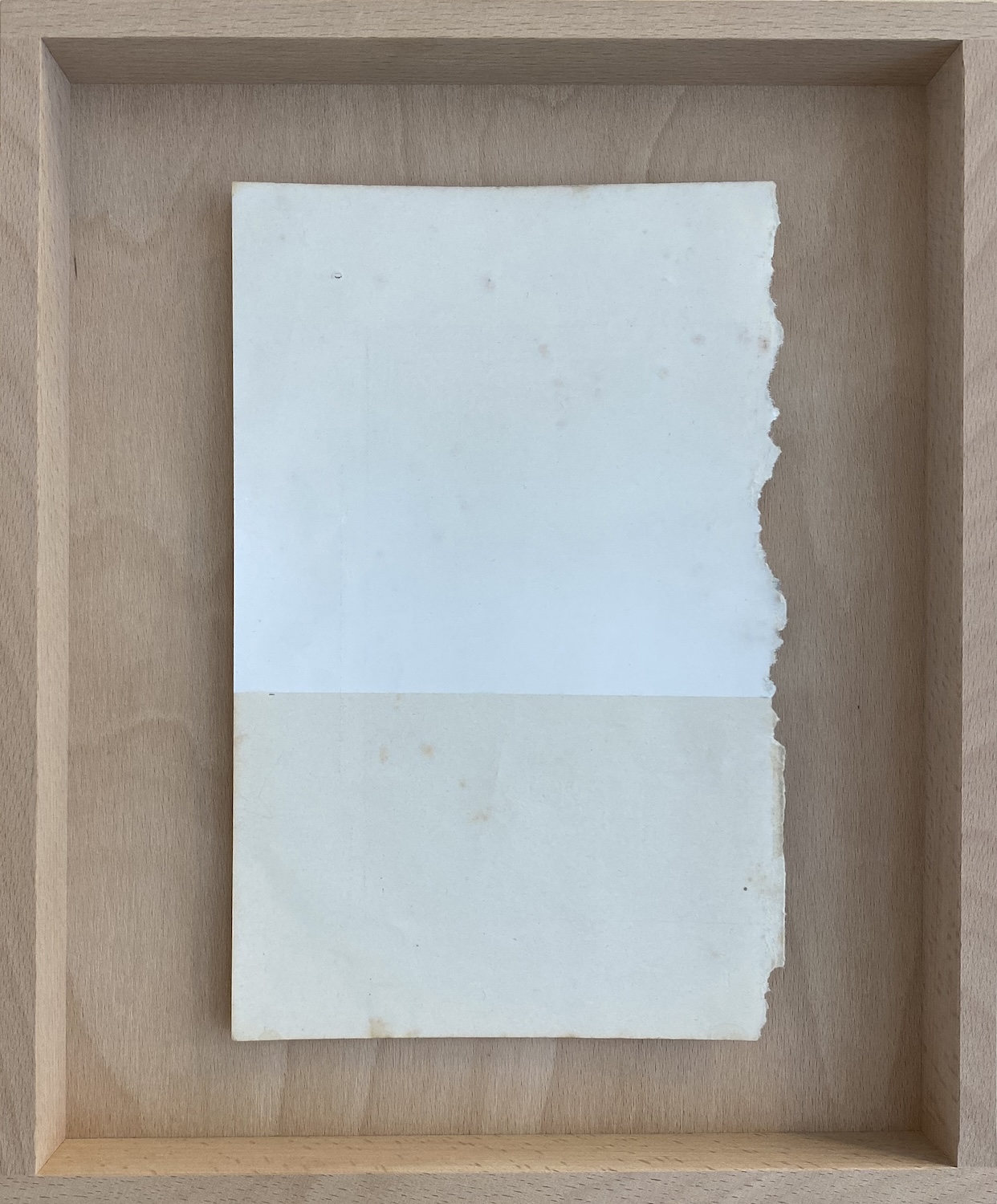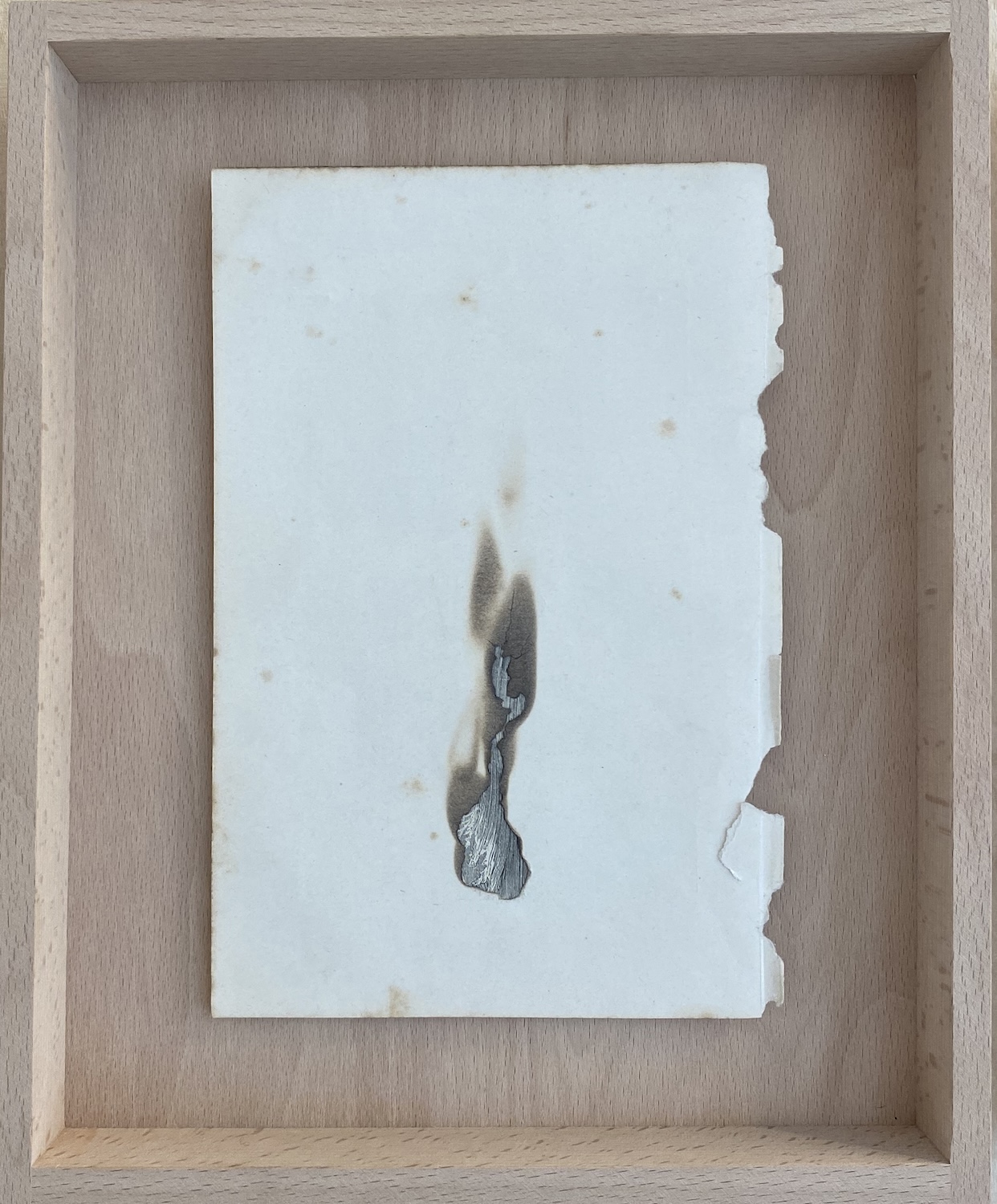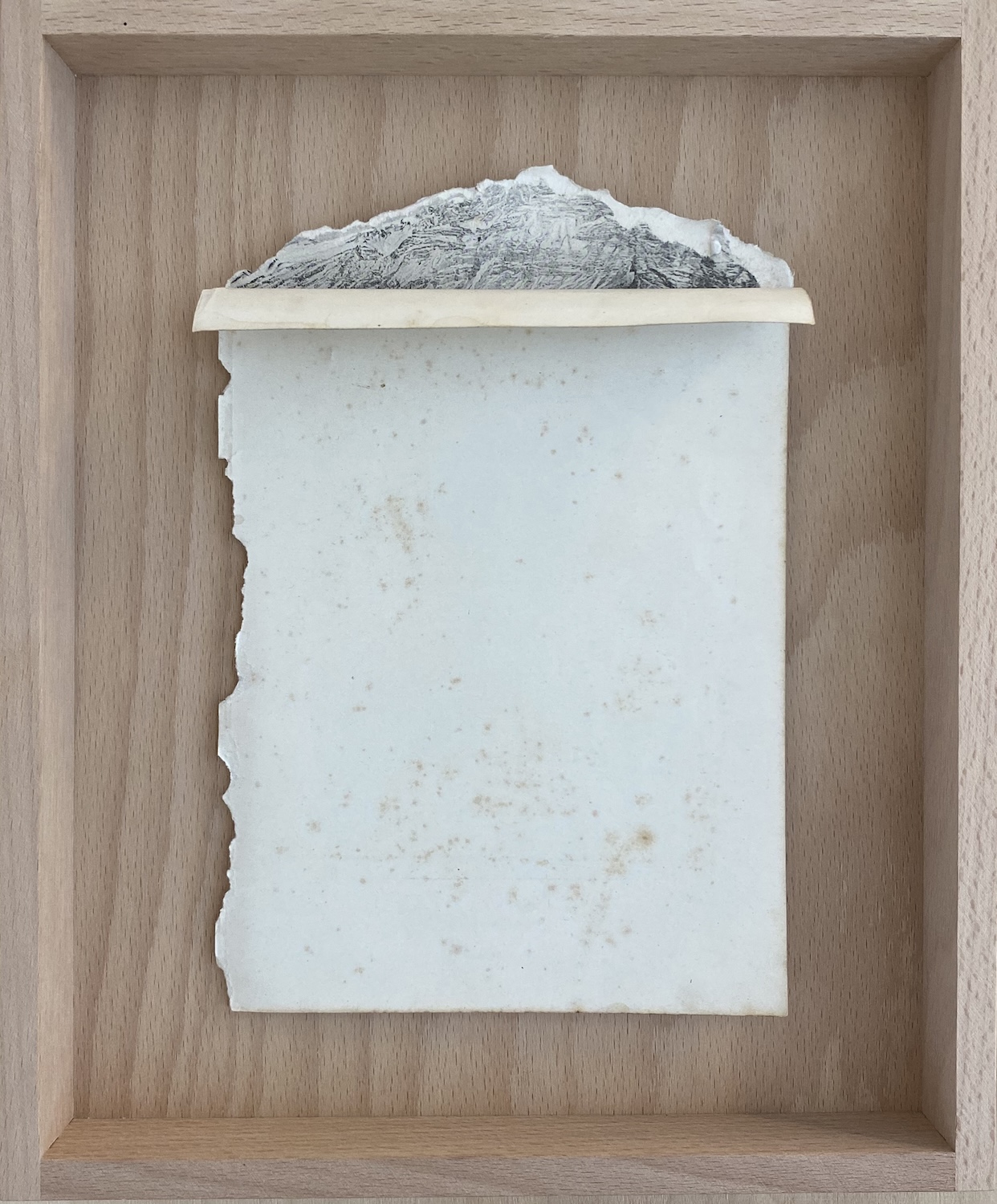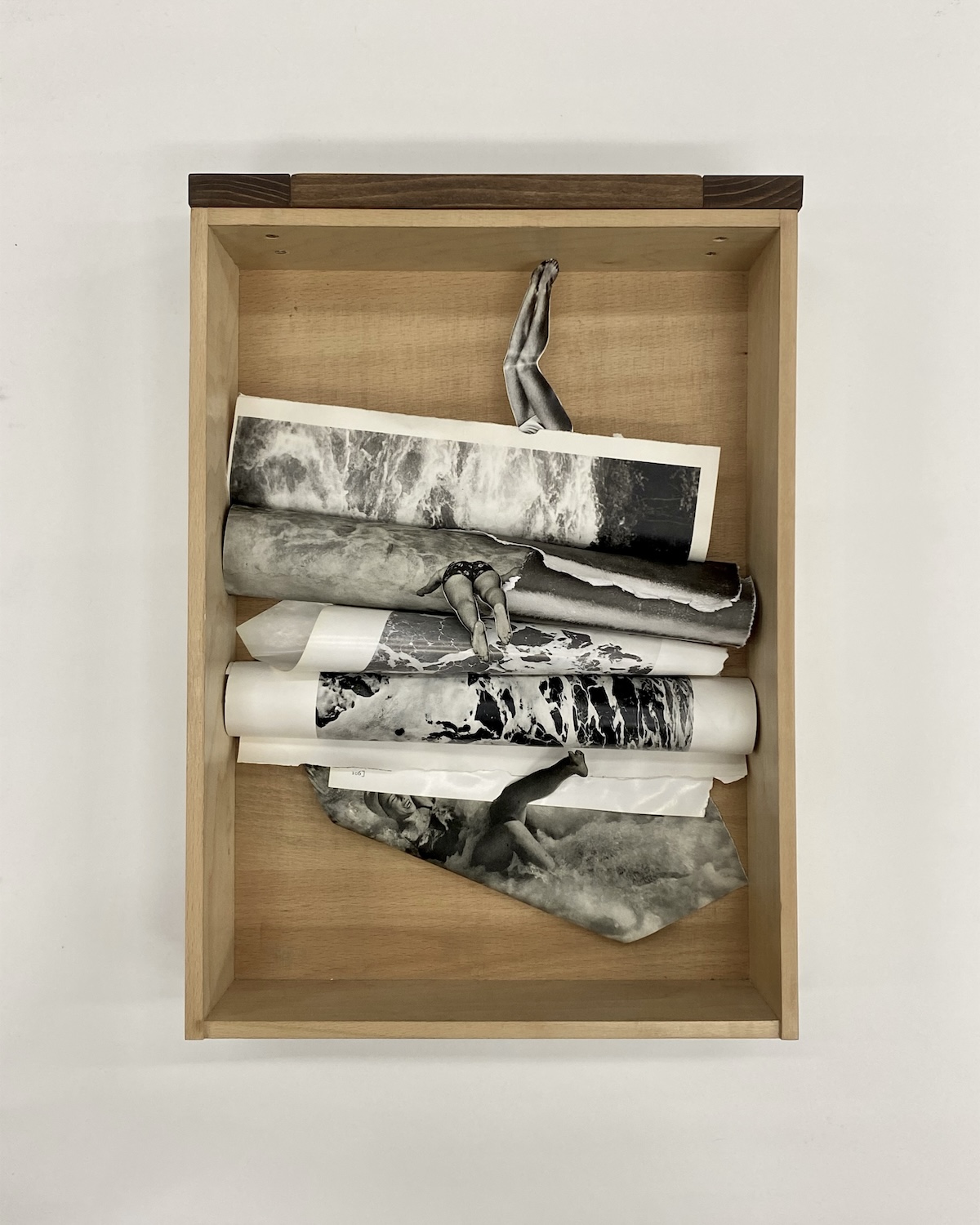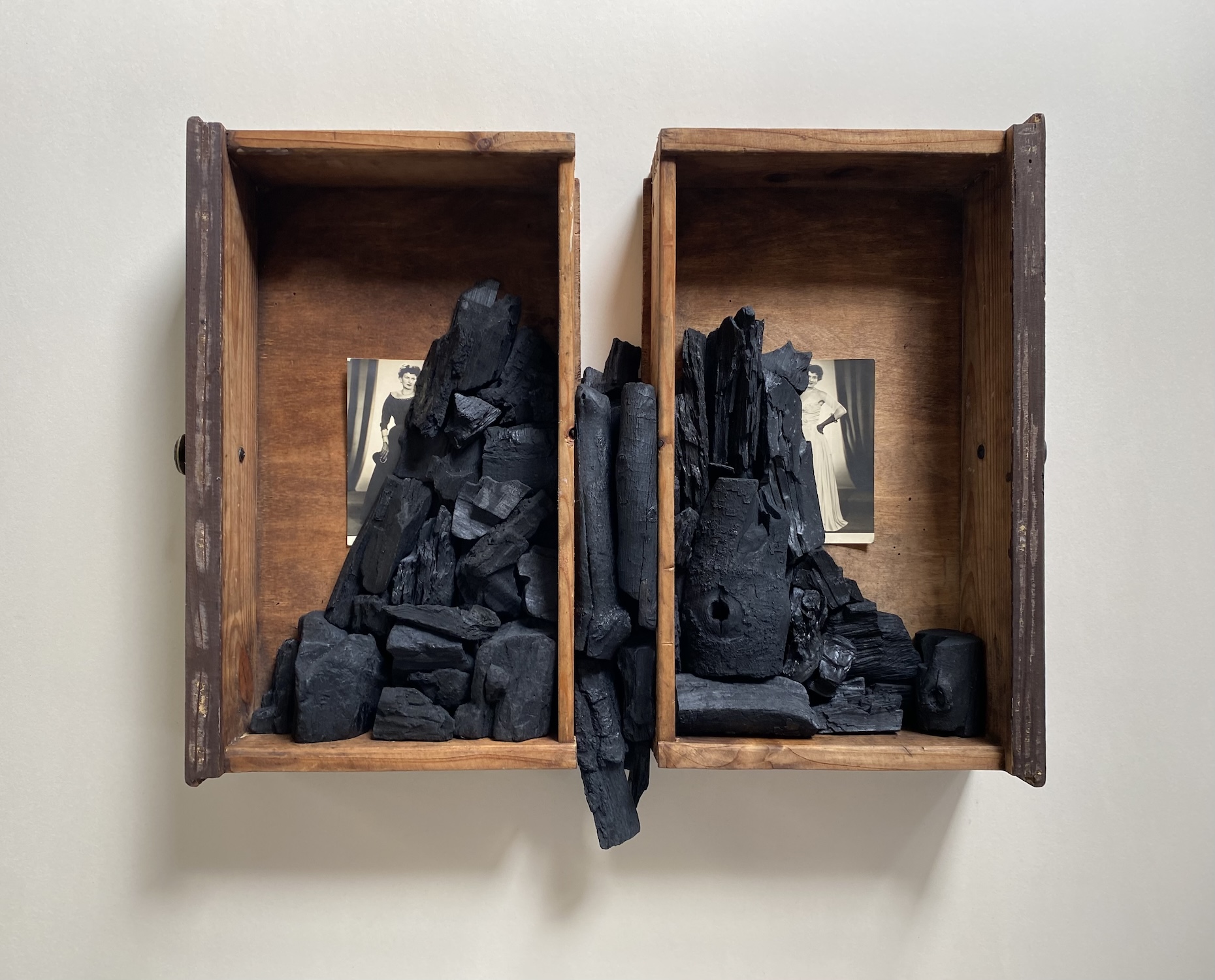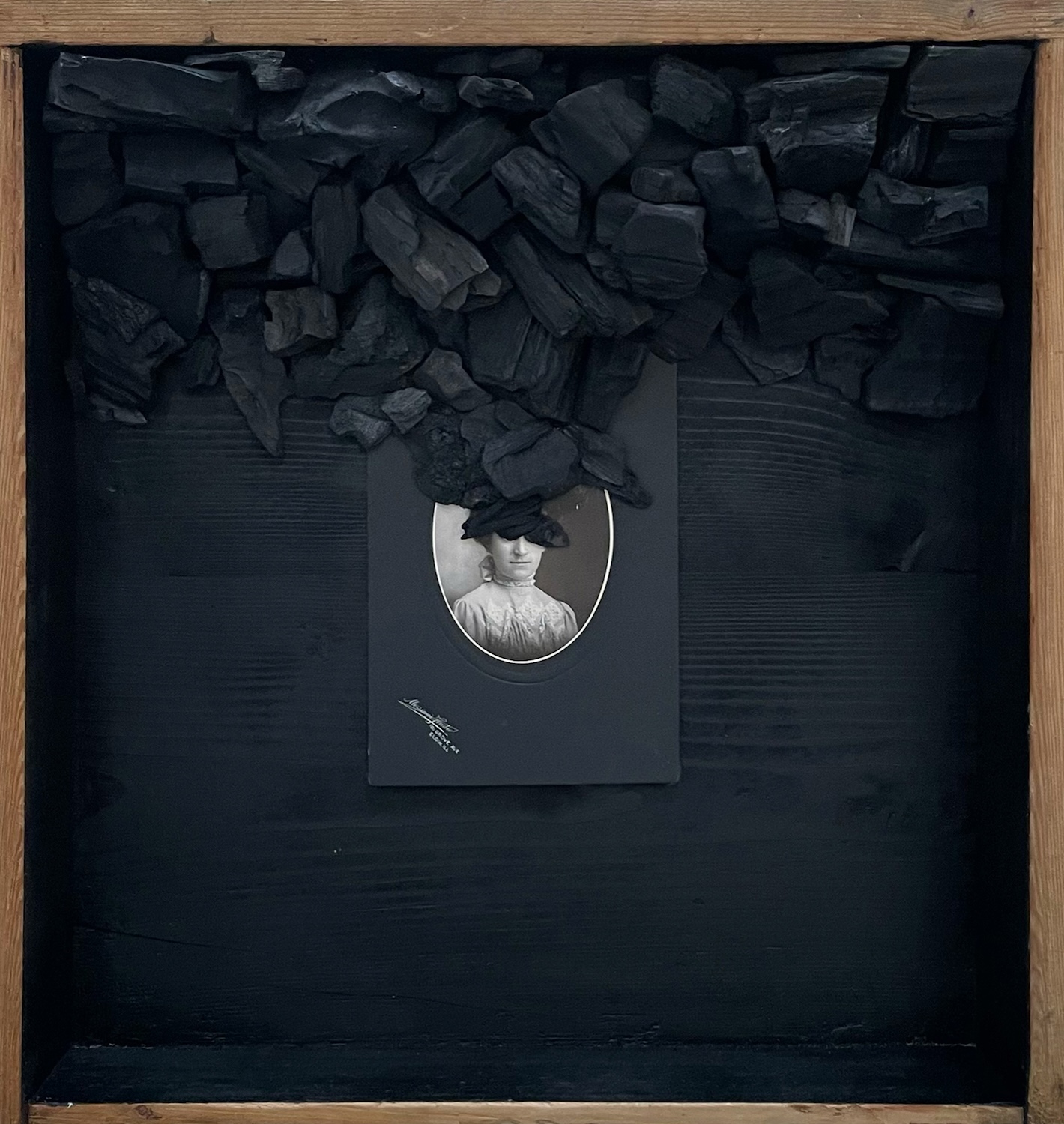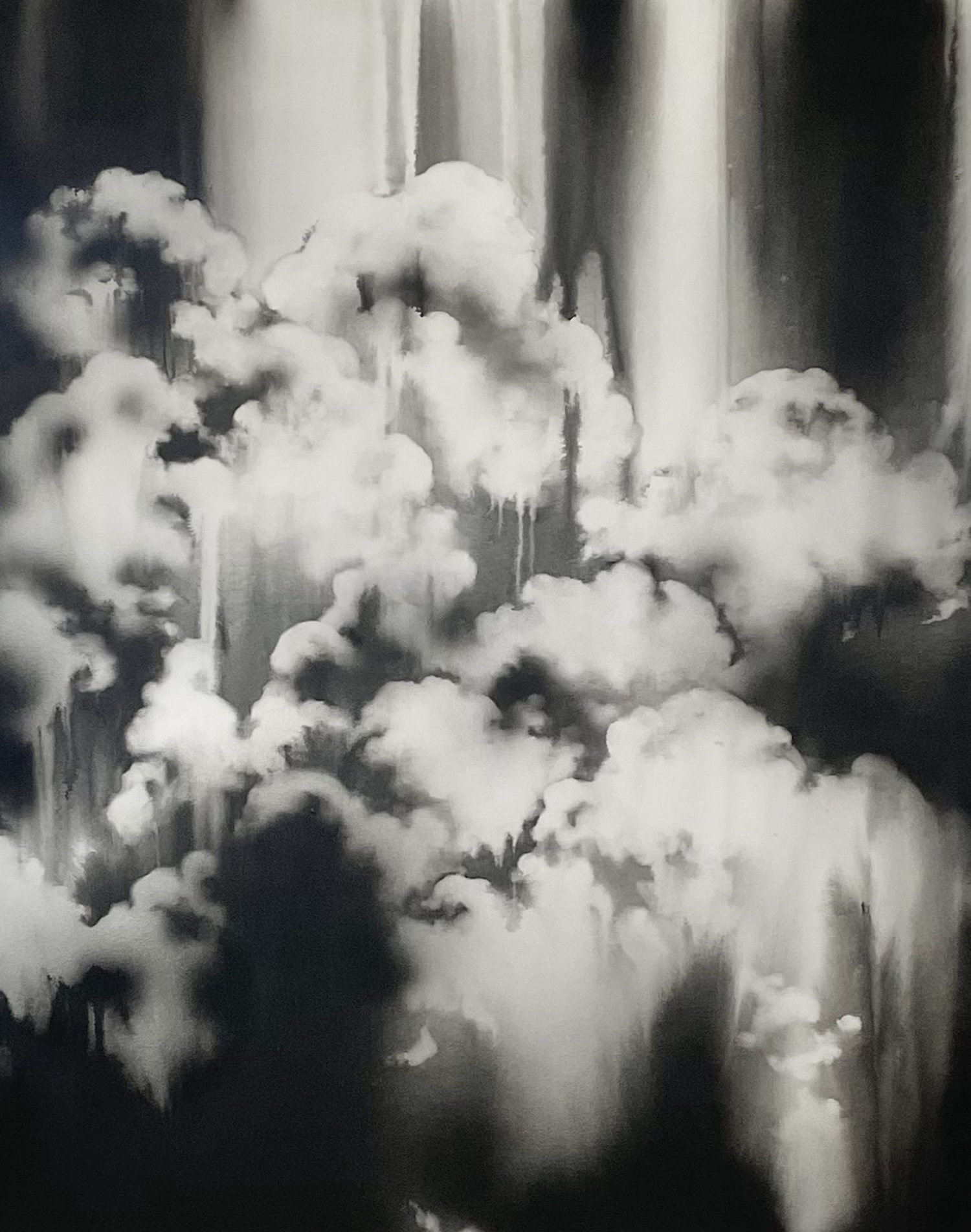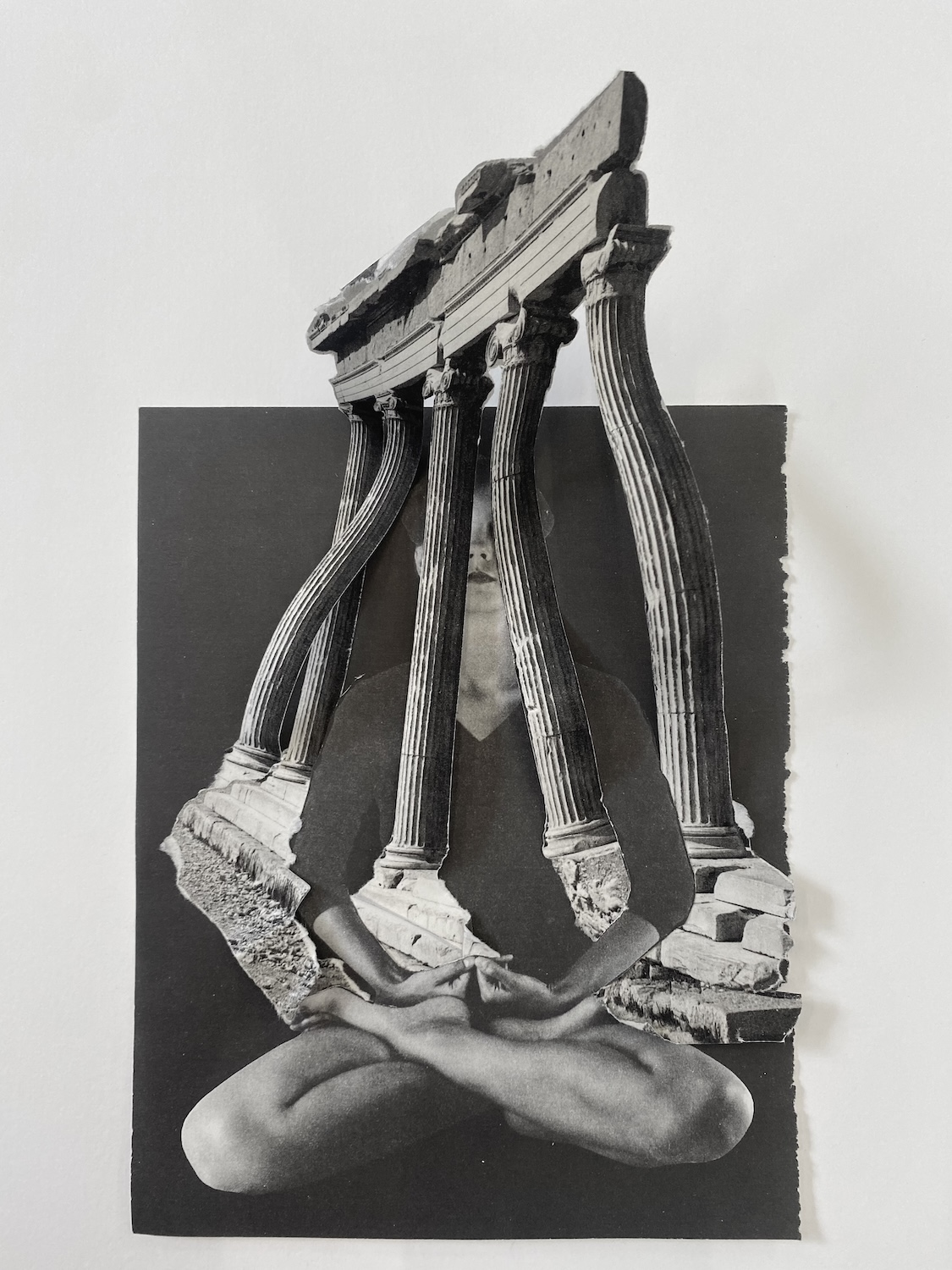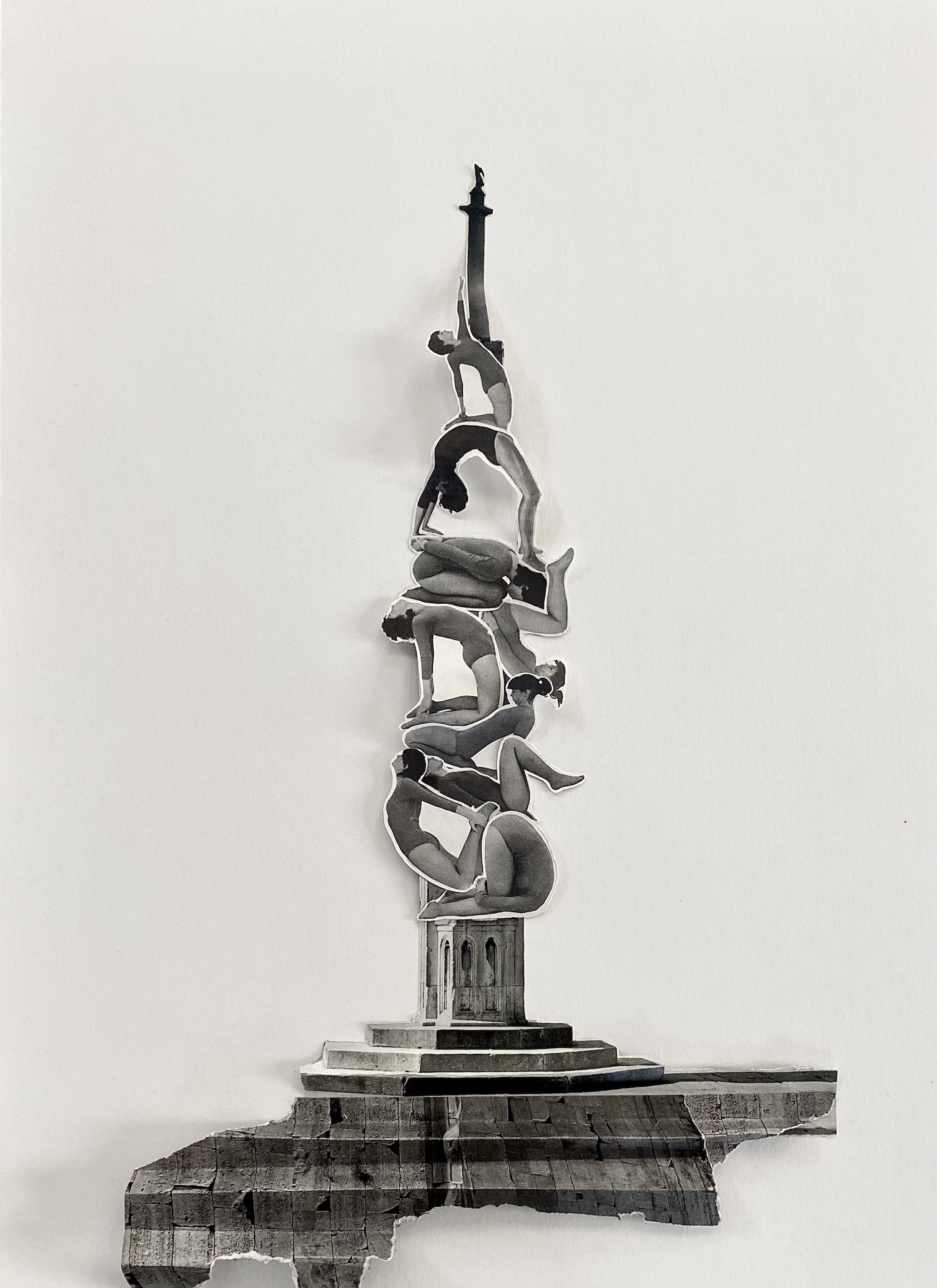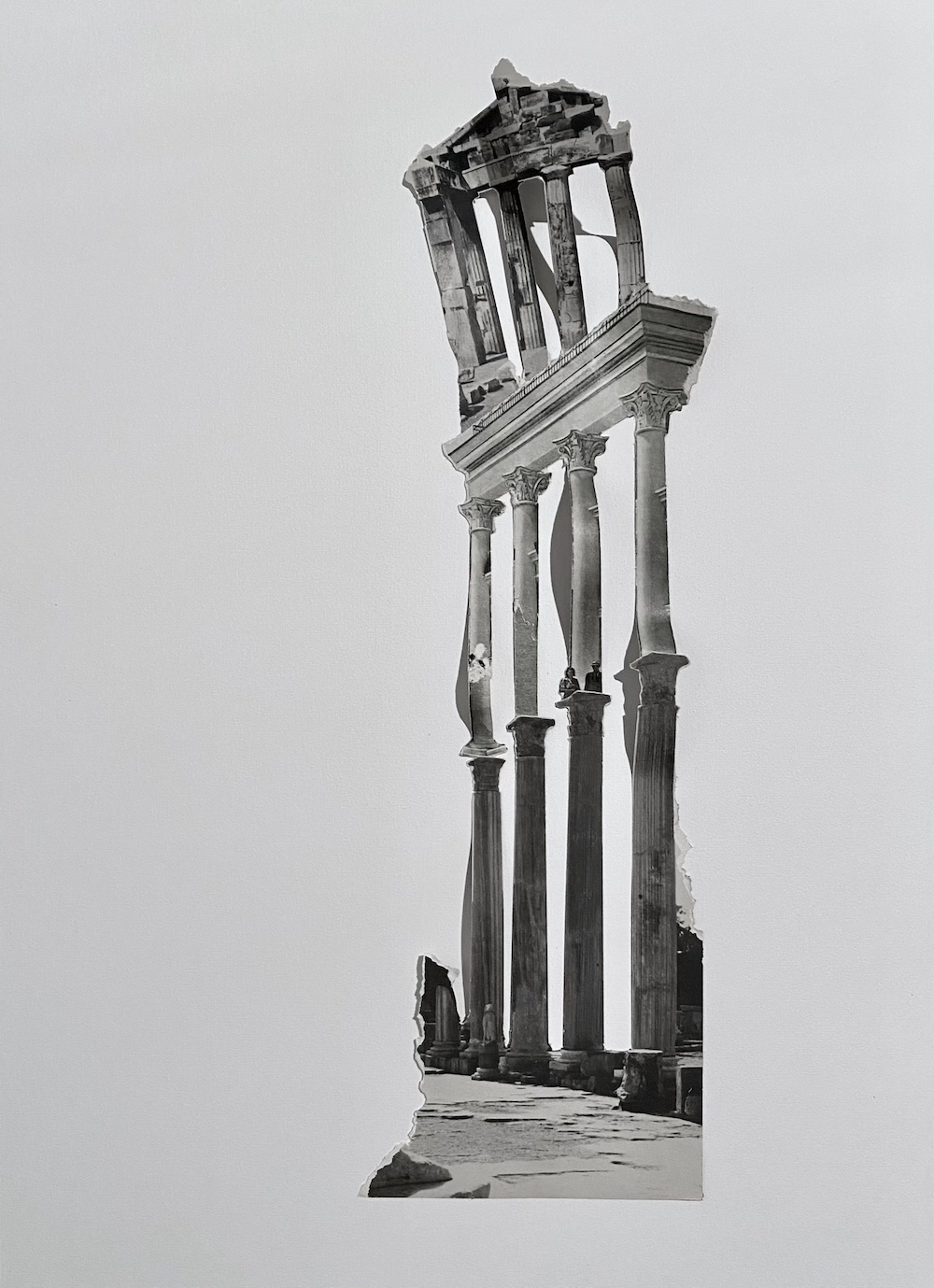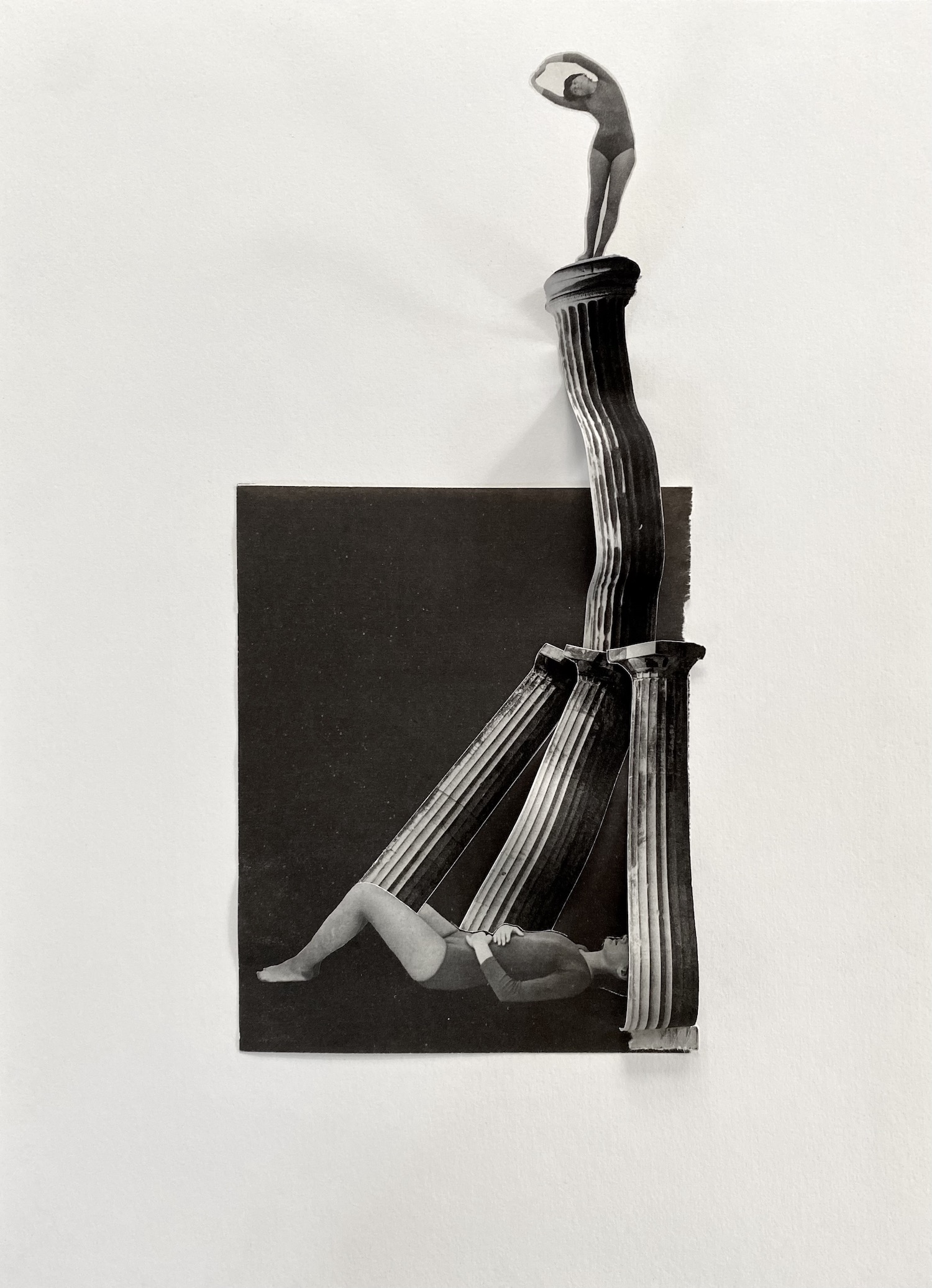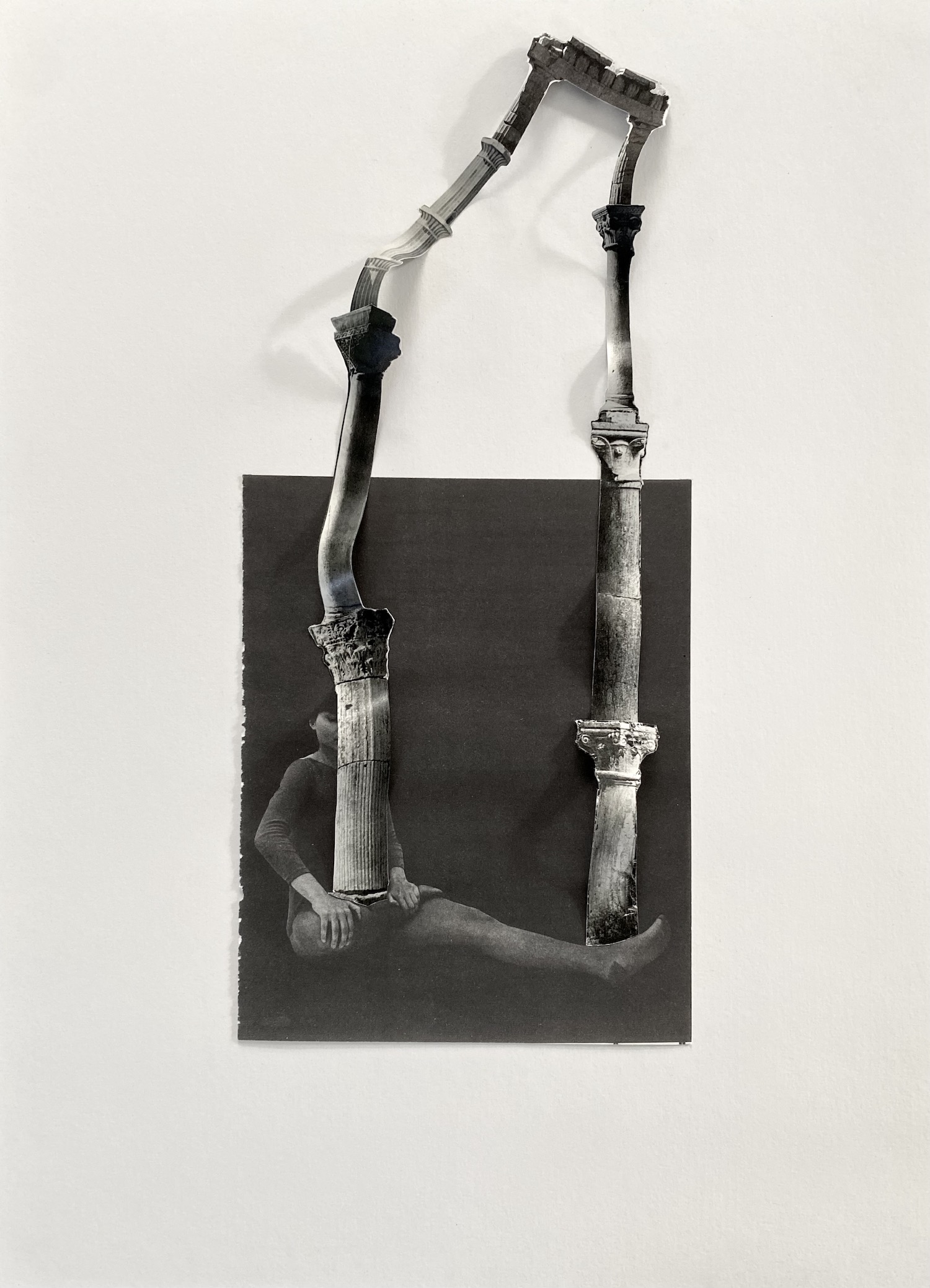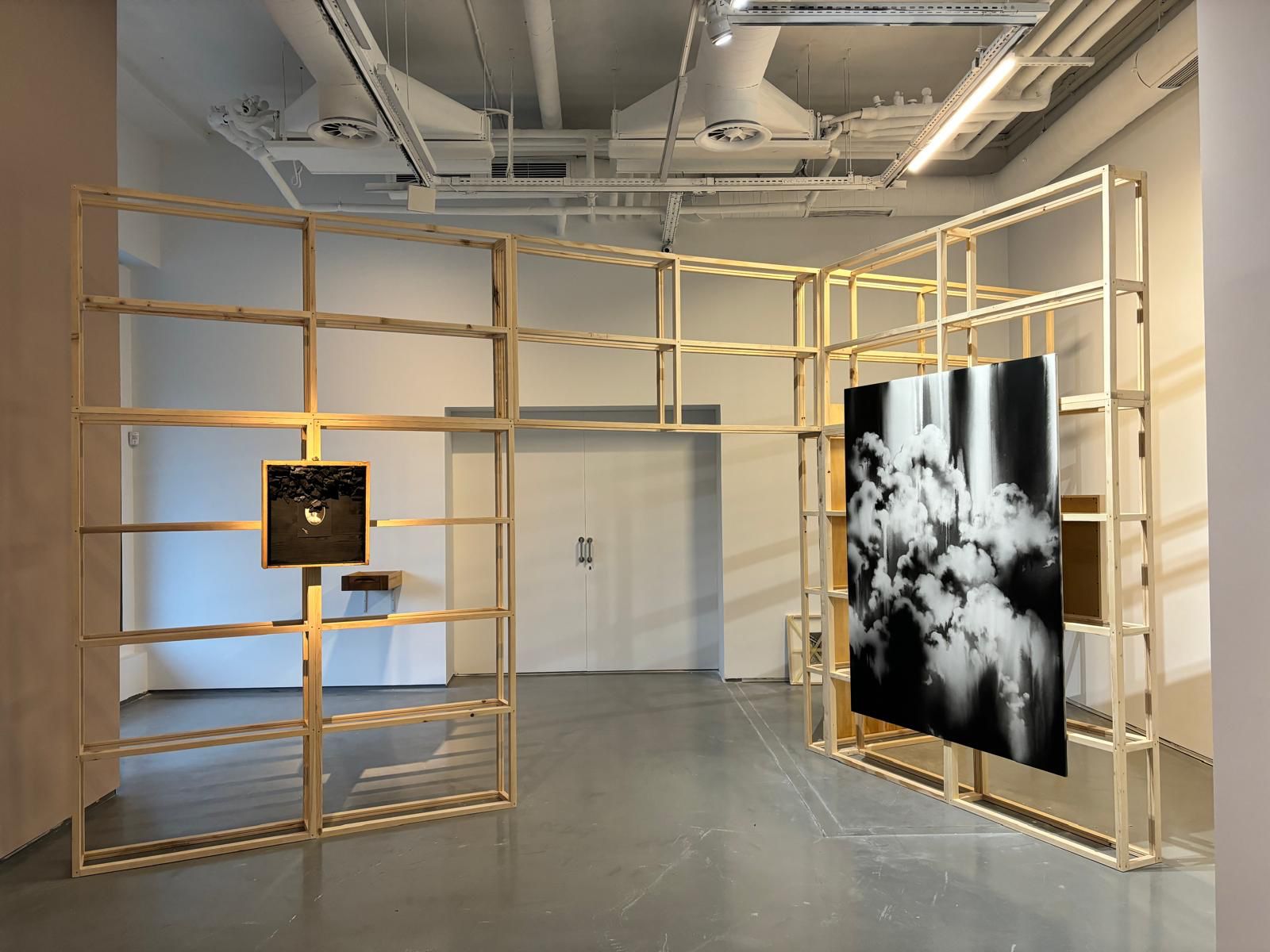Home is where one starts from
02/05/2024 - 20/07/2024
Zilberman is happy to present the group exhibition Home is where one starts from curated by Nazlı Yayla, on display from May 2nd to July 20th, 2024.
Hera Büyüktaşcıyan, Guido Casaretto, Lucia Tallová
You start from home. Or, “Home is where one starts from.”
Sometimes, that's the case. More often than not, we find ourselves starting right in the middle, with no land in sight to anchor us. Occasionally, we hear tales of home starting from the end, and if we’re fortunate, from both ends. Other times, it's a story left untold or told repeatedly, each time losing essential bits and pieces. Yet, it's always home we yearn to return to—a place we hope to start from, or even wake up to, whether in the dead of night or smack dab in the middle of the narrative.
Borrowing its title from T.S. Eliot's poem, “Four Quartets,” Home is where one starts from approaches the notions of home and storytelling through the exploration of memory, identity, and the interplay between personal and collective histories within the space of home. Home transcends mere physicality; it embodies the essence of identity, land, shelter, belonging, and community. Serving as a key to understanding our place in the world, the idea of home provides a sense of continuity amidst the ever-changing landscapes of existence. Weaving together narratives that reflect the complexities of belonging and the passage of time, the exhibition evaluates the intricate realm of memory within the context of home and its transformation over time. Through the works of Hera Büyüktaşcıyan, Guido Casaretto, and Lucia Tallová, Home is where one starts from unpacks manifold meanings and resonances of the notion of home.
Hera Büyüktaşcıyan anchors memory through the unseen aspects of time, space, and architectural memory, referencing ruptures in socio-political histories. Her works The Wave and The Limbs of an Internal Wind evoke a sense of the fragility of memory and the layers of history embedded within the spaces and the bodies we inhabit. In her sculptural piece, The Wave, Büyüktaşcıyan uses pillowcases from her grandmother’s household, piled up in composed petrified layers, as a cumulative surface, gathering one’s own records of time. A surface that incorporates the threshold between sleep and vigilance, reverie and reality, forgetting and recalling. Situated on a mirror-like pelagic entity seeing the two sides of the seen and the unseen world, the yielding form stands on a division like an echo through the rippled surface of the mirror between a revisited past and a sleepy present. The drawing series, The Limbs of an Internal Wind, explores the morphology of fabric and its relationship with skin, appearing like studies of limbs where the internal and external merge within one another in a constant movement through threads, pieces of textile, or interwoven decomposed architectural fragments in relation to surface, body and what accumulates within. Oscillating between organic and constructed images, the graphite frottage - drawings recall the texture of skin, wool, or silk thread, as well as the luminous transparency of an X-ray. Through these hybrid forms, Büyüktaşcıyan traces the imprint of time on fragile, perishable bodies and territories, where the unseen makes its way through the visible, through surfaces that divide, cover, protect, and embody what is internal.
Guido Casaretto's artistic practice navigates the complexities of cultural transmission, appropriation, and identity, drawing inspiration from personal history, myths, science, and technology. His narrative approach transcends temporal and spatial linearity, revealing the nuances between intervention and non-intervention, nature and artifice. In his work, Your Well-Traveled Uncle, Casaretto explores the evolution of East-Asian painting and drawing, adapted to sustain anonymity and digitalization, allowing for easier replication and modification. Adopted by Western travelers, particularly the British, this modus operandi spread to the emerging semi-industrial society. This style was deliberately labeled as "Chinoise," amassing production originating from a diverse area. Over time, "Chinoise" becomes emblematic of the upper class's "knowledge and access" to evolving science and art. Referencing significant migration, particularly of Levantines to Australia during the 1950s and 1960s, A Few Came Back from Melbourne-2 explores the appearance of "foreign" region objects in the homes of families left behind. Initially carrying traditions and materiality, these objects gradually lose their original context and process. The lack of attached information to these souvenirs results in a peculiar classification, primarily based on material rather than religious or geographical concepts. Through this work, Casaretto sheds light on the complexities of intergenerational cultural transmission and appropriation.
Lucia Tallová's Mountain comprises photographic collages and assemblages crafted from antiquarian materials she has diligently collected over the years. Stemming from her site-specific installation for the 16th Lyon Biennale in 2022, these pieces delve into the intricate realm of memory and its metamorphosis over time—a past perpetually deferred. In these compositions, Tallová manipulates photographs, imbuing them with new life through the application of black ink, tearing, layering, and the addition of various tactile elements such as stone, textile, porcelain, and natural materials. Through this process, the photographs transcend their original format, gaining depth and dimensionality as they emerge from their two-dimensional constraints. Central to Tallová's narrative are portraits of women delicately placed within old drawers and furniture fragments—a symbolic homage to home and familial history, intertwining with the artist's personal narrative and her grandmother's ancestral abode. The inclusion of rock and stone motifs, particularly those sourced from the High Tatras, symbolizes her connection to her homeland and the notion of belonging. Here, the juxtaposition of real stone and rocky structures printed on paper evokes a poignant tension—a fragile interplay between strength and vulnerability. Tallová challenges the perception of solidity, revealing that what appears eternal and indomitable may, in truth, be as delicate as paper. As Tallová’s exploration of memory, materiality, and identity unfolds, her site-specific installation invites viewers to contemplate the transient nature of existence and the profound resonance of personal and collective histories within the fabric of time.
For more information, please contact Nazli Yayla at nazli@zilbermangallery.com
» SEE ALSO
Artist Pages
- Guido Casaretto
- Lucia Tallová
- Hera Büyüktaşcıyan
